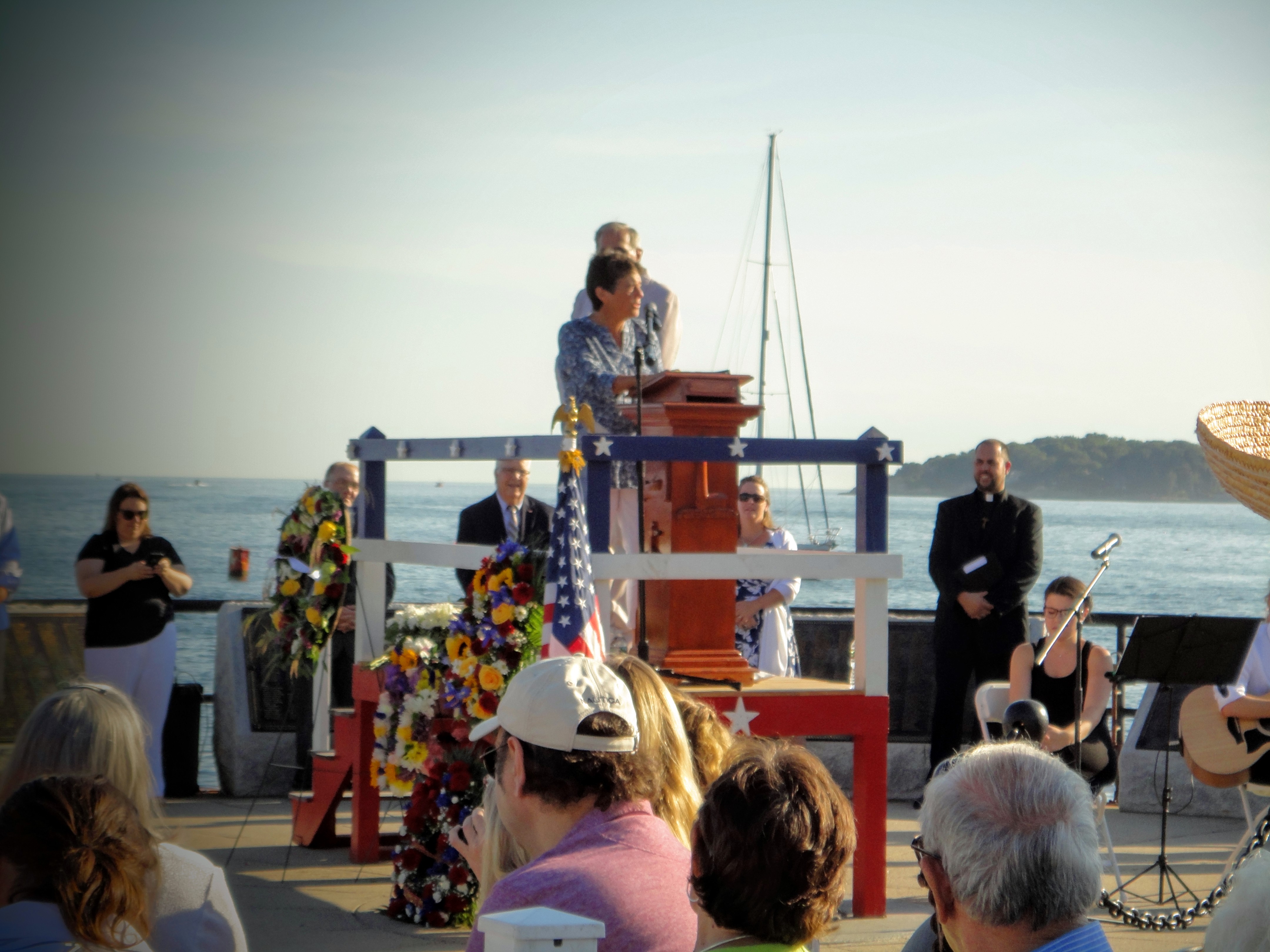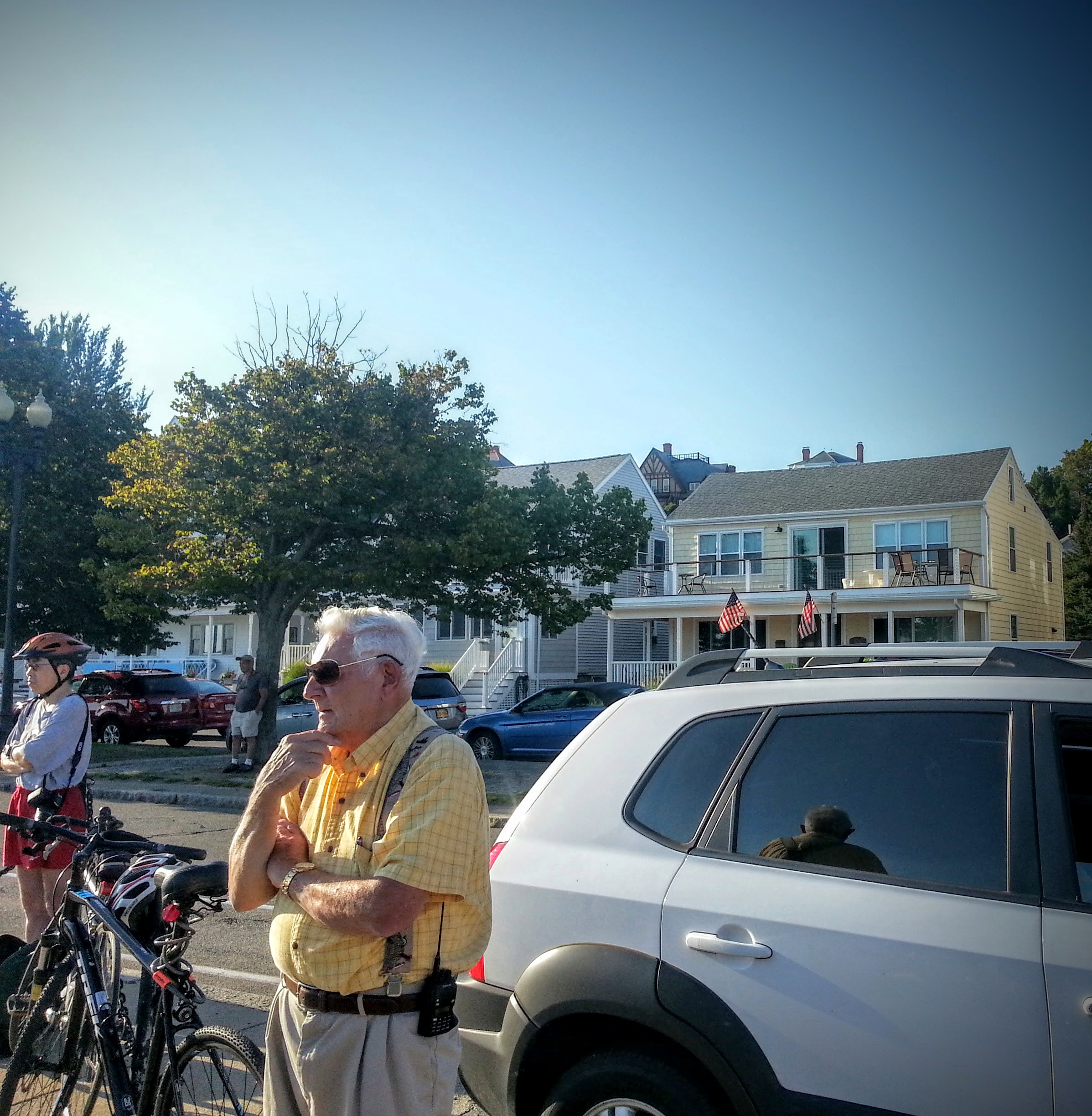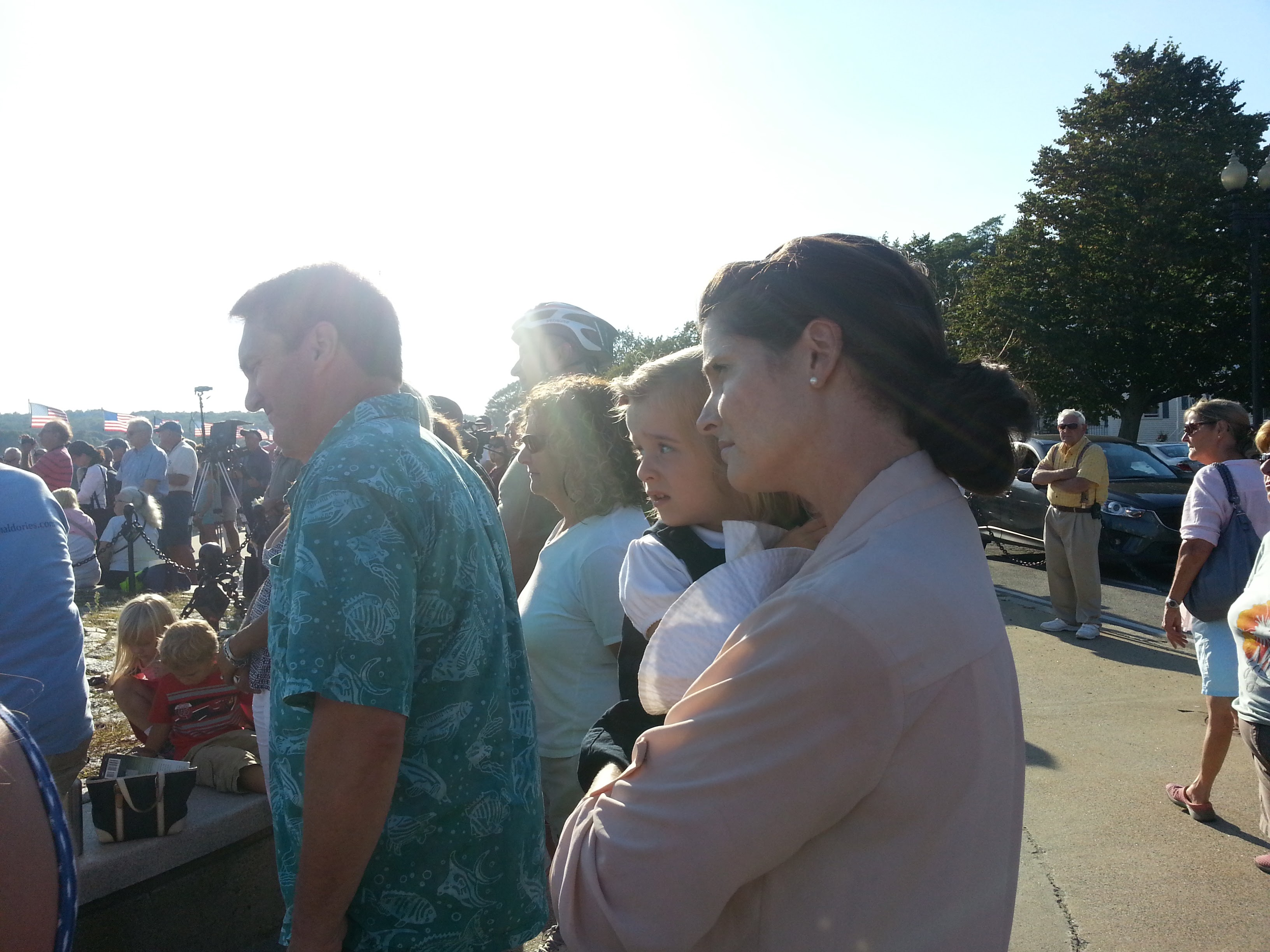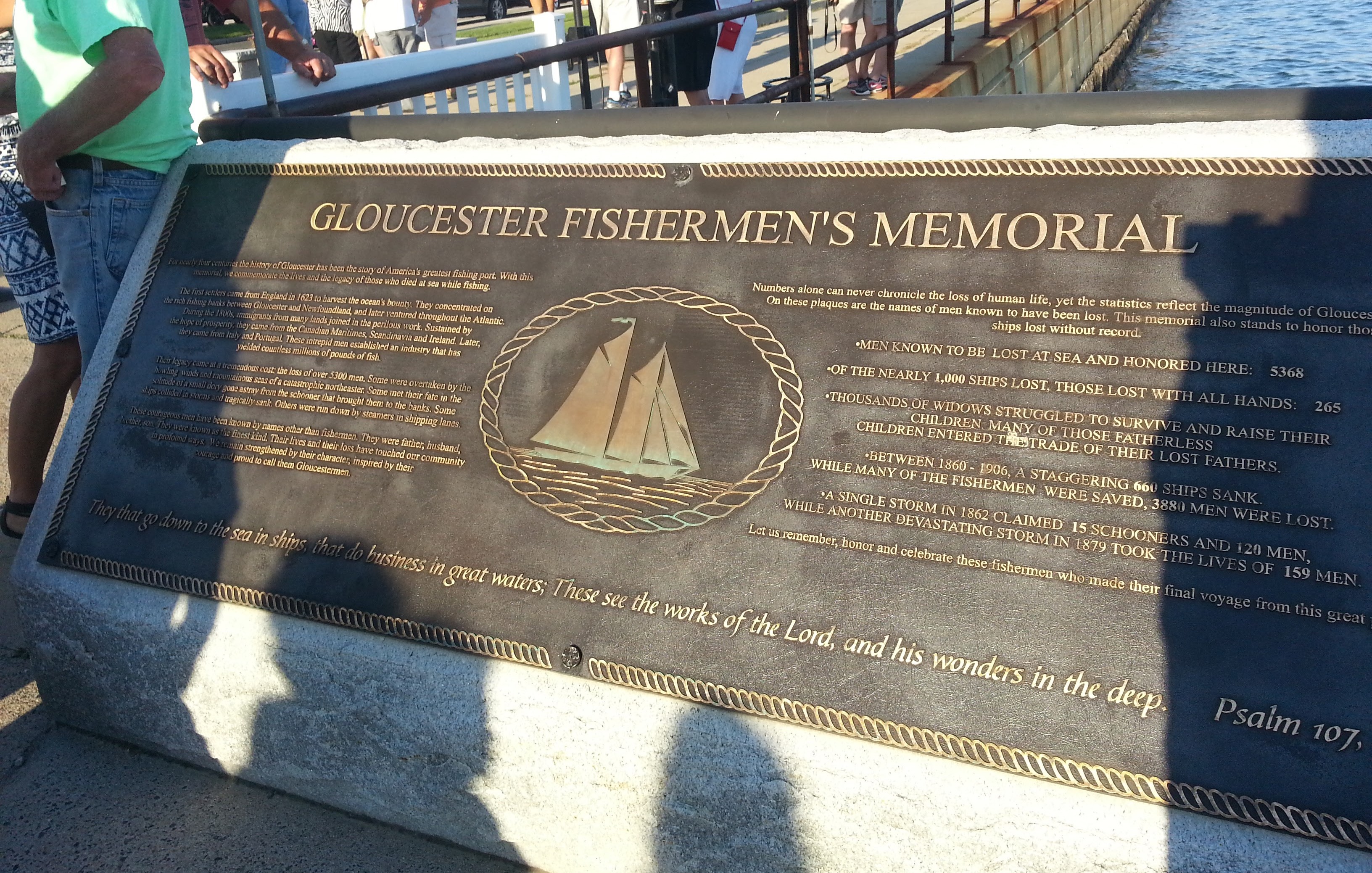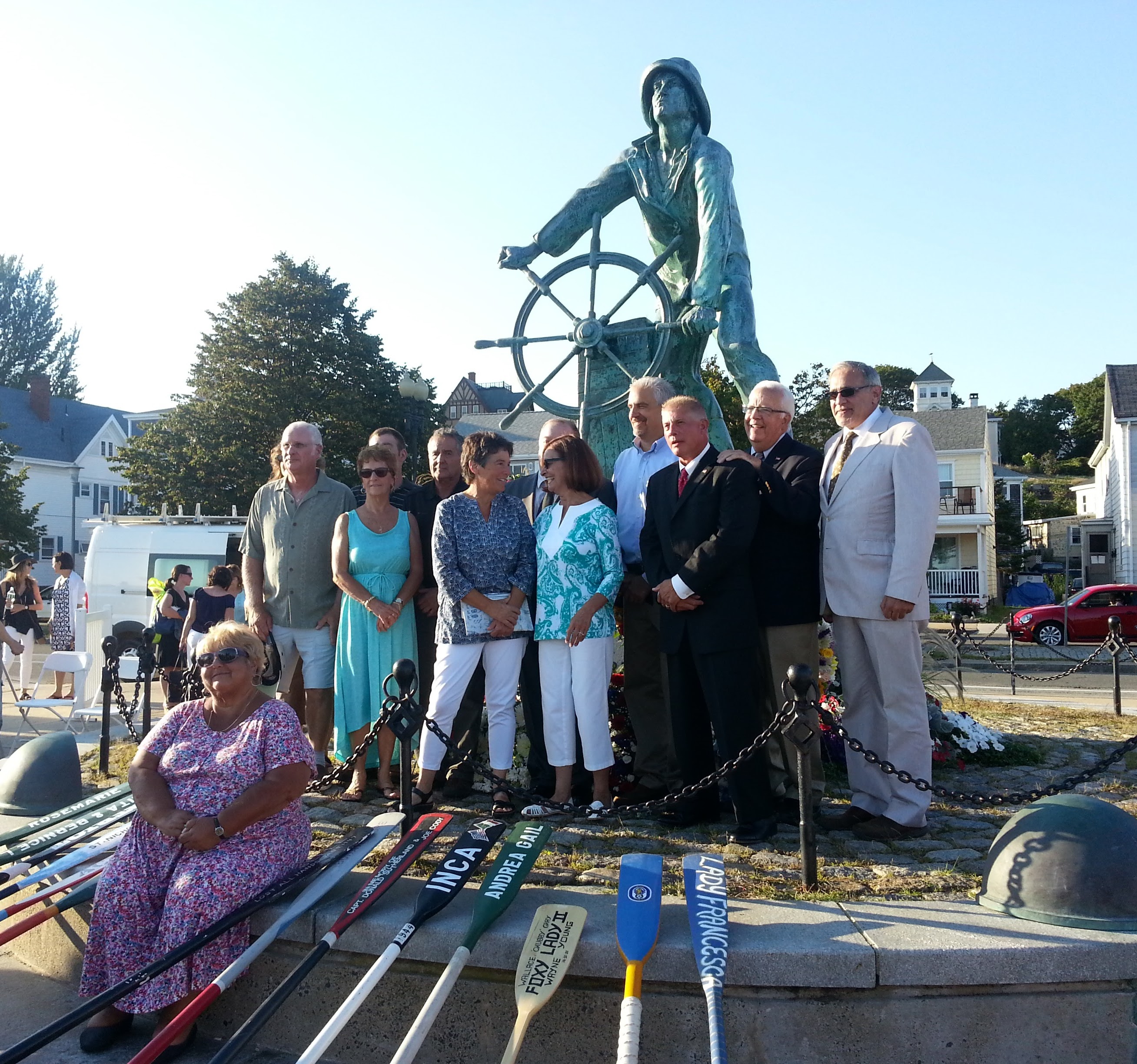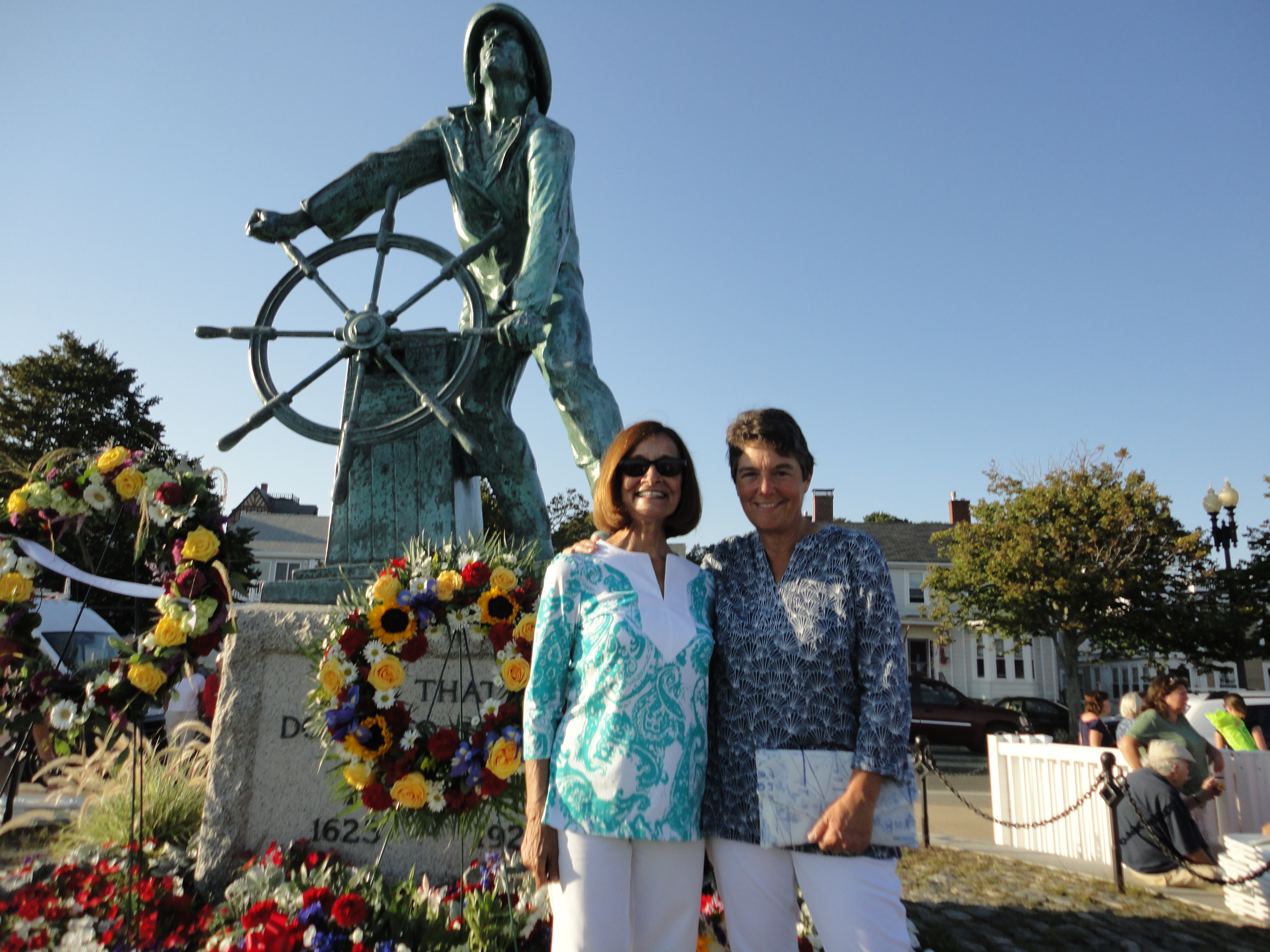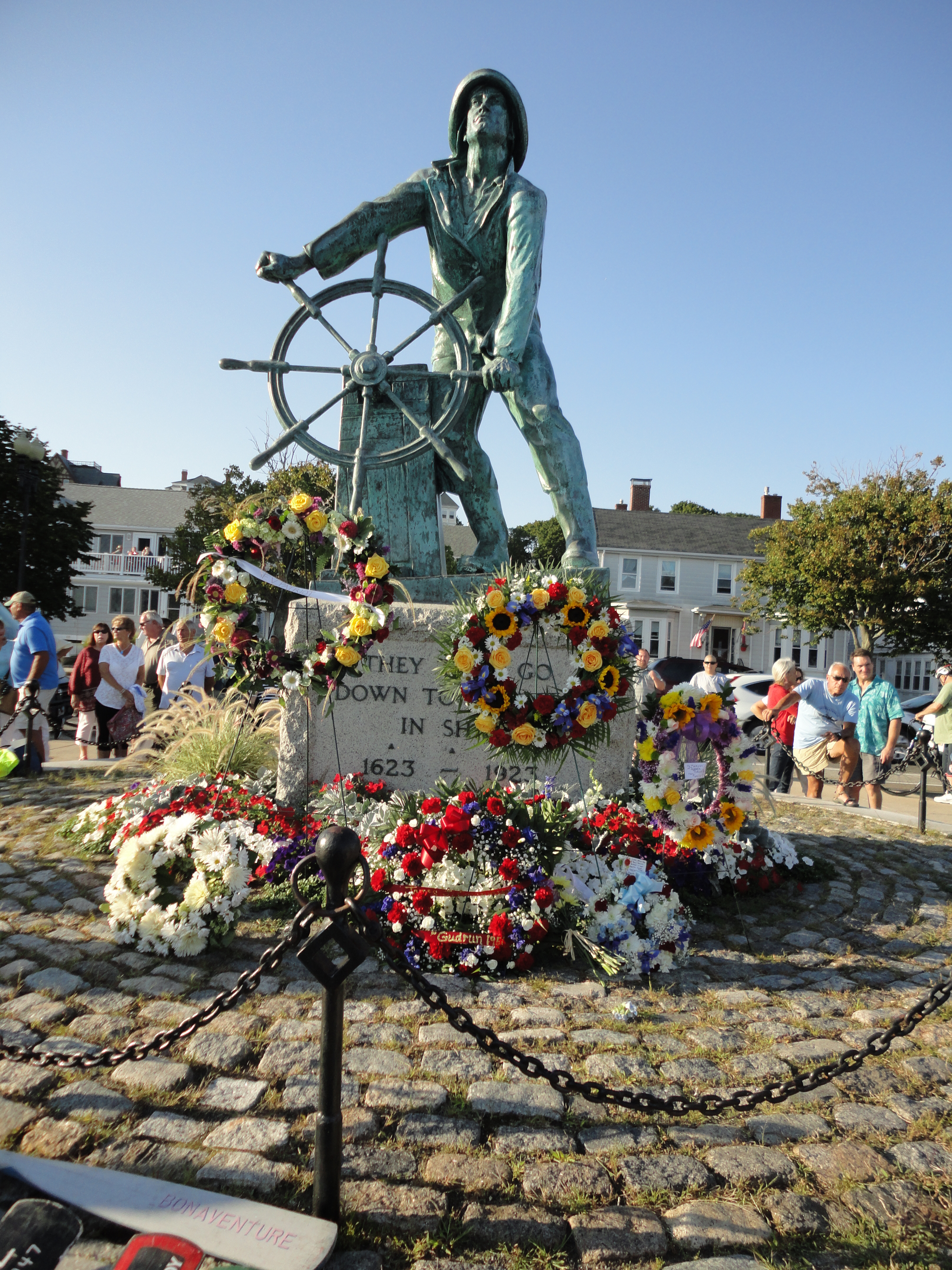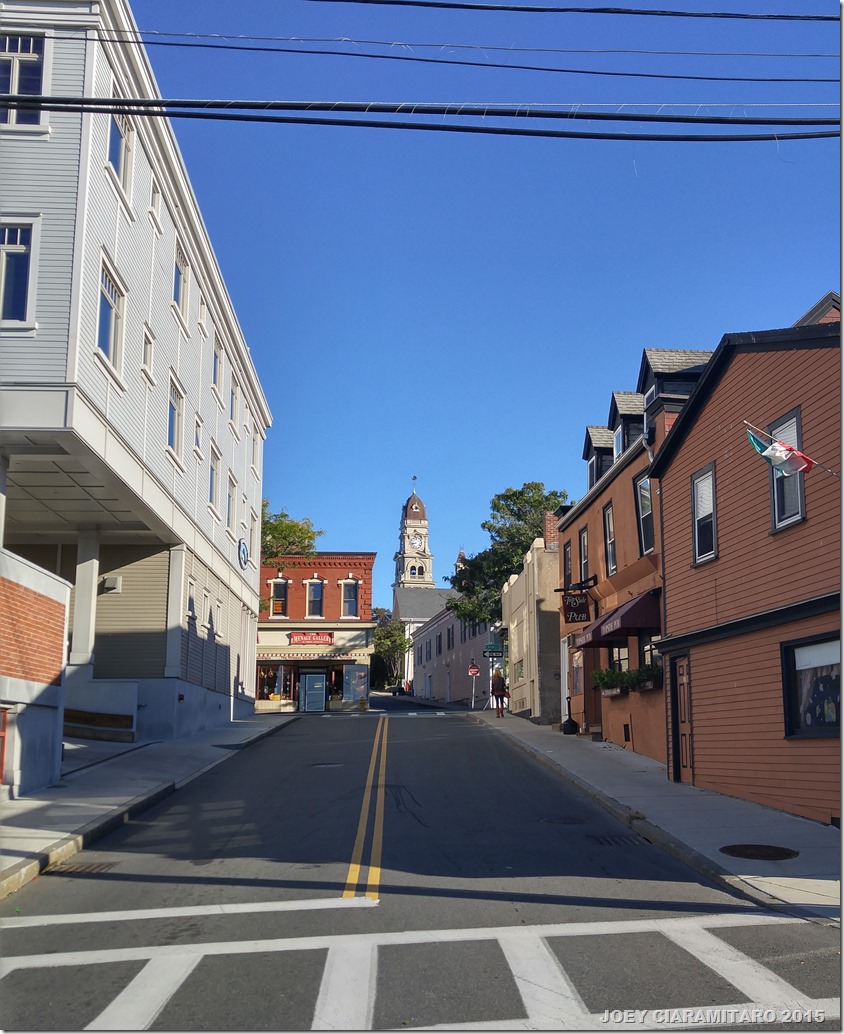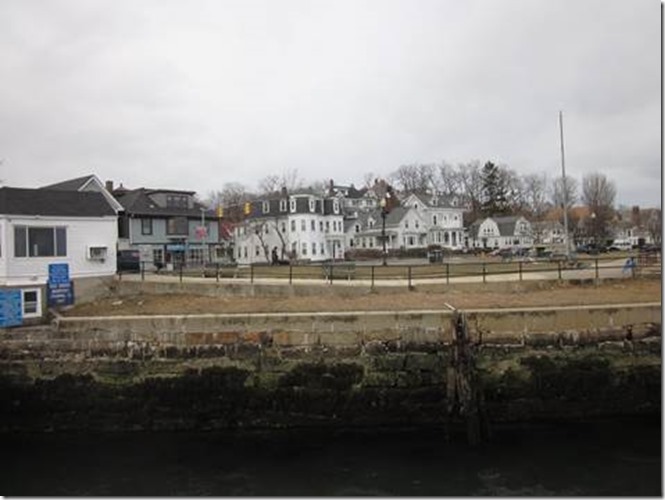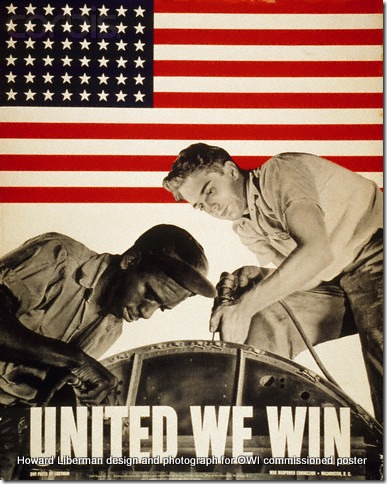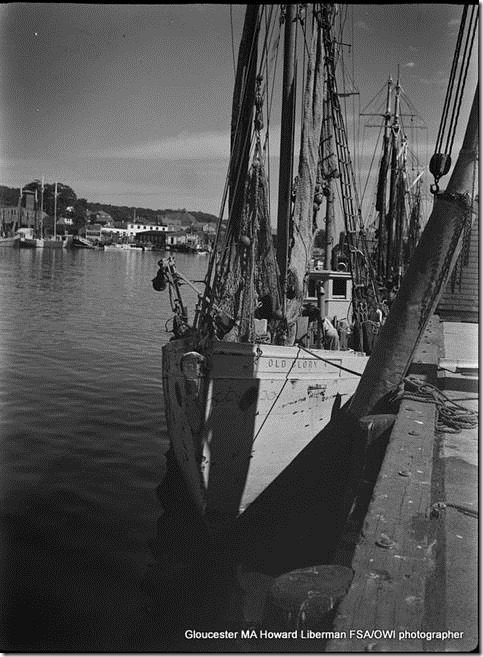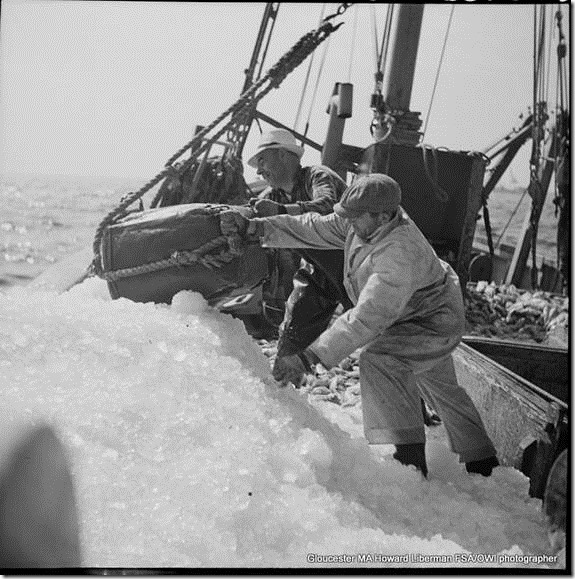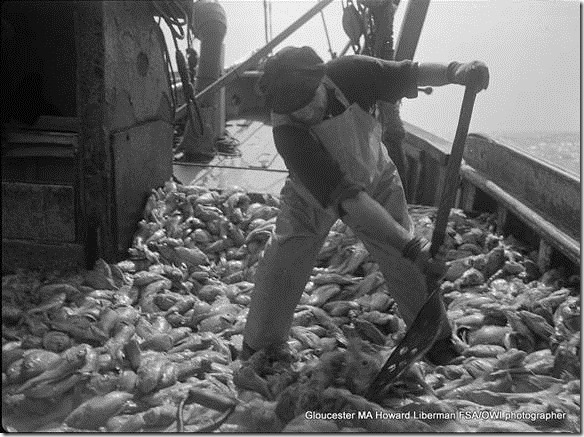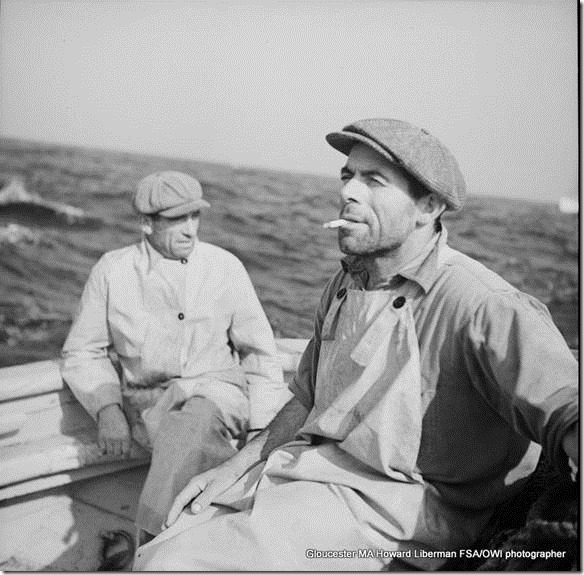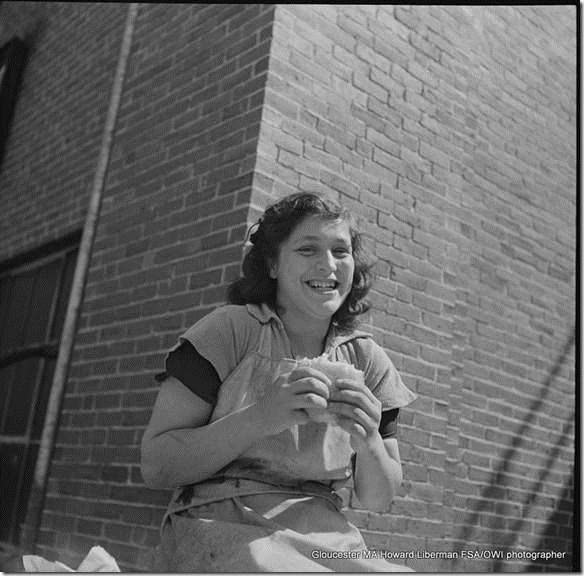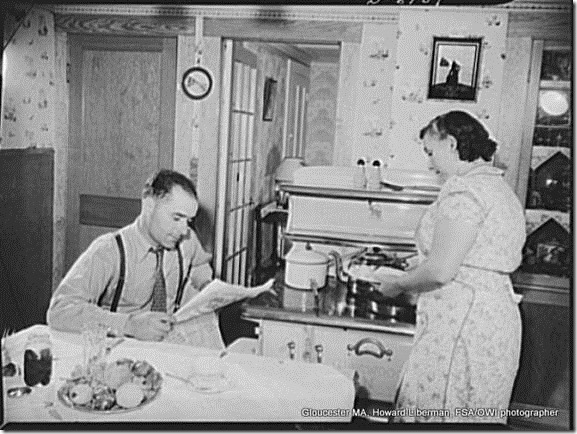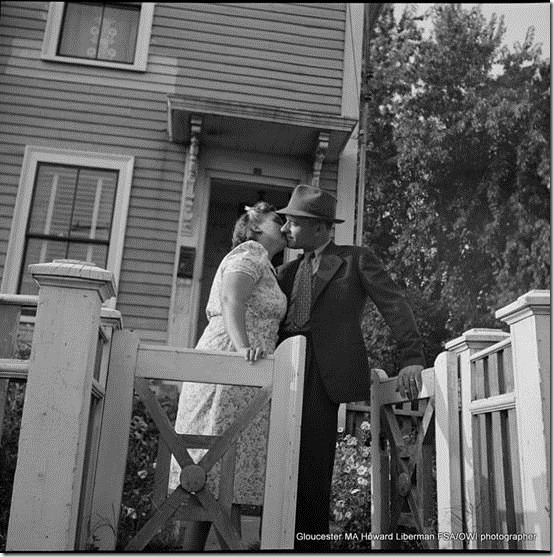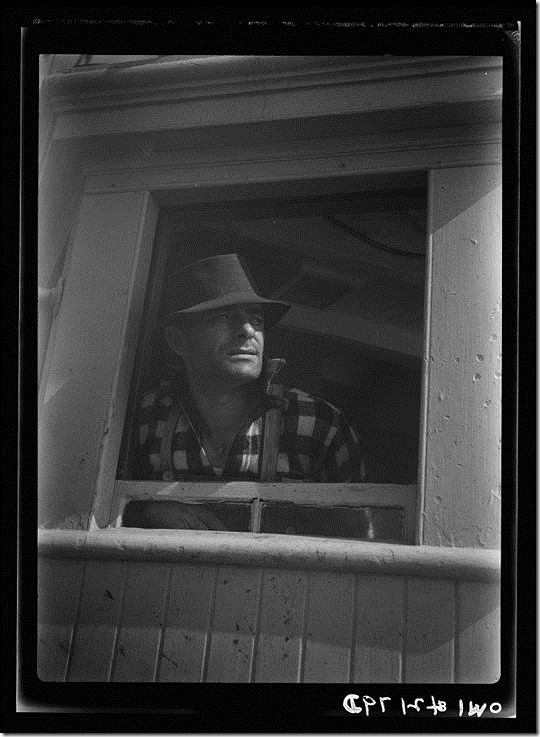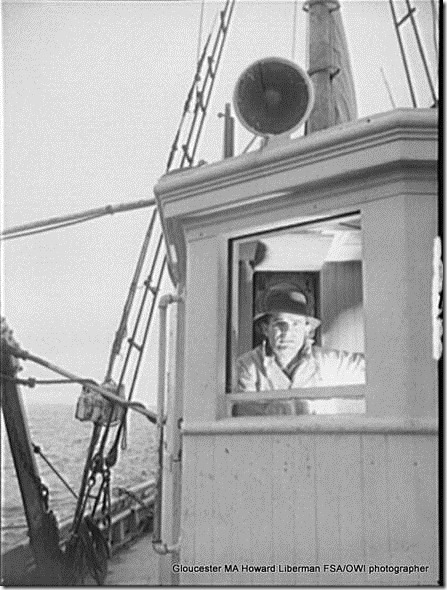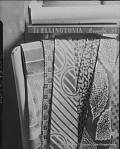Author’s Note: From the National Archives collection, this contemporaneous 20 minute highlights newsreel covers the sights and sounds from the historic March On Washington for Jobs and Freedom, distributed in 1964. In 2021, I timestamped the music splits, and identified the speakers and performers included in this particular POV reel. (Still missing a few. Can you help?) Re-sharing on this 60th milestone anniversary Aug. 28, 2023.
video title: The March on Washington, 1964 film by the US Information Agency compilation for overseas from the National Archives and Records Administration collection (20 min)
TIMESTAMP OF SPEAKERS AND PERFORMERS APPEARING IN FILM CLIP
Among the speakers and performers on the program (* appear in film clip):
Marian Anderson, Josephine Baker, Joan Baez* (audio early, then w/video 9:38-10:26), Harry Belafonte, Dr. Eugene Carson Blake* (16:59-17:28), Bobby Darin, Ossie Davis* (but only when he introduces Burt Lancaster 10:27), Ruby Dee (co-emcee with Ossie Davis), Bob Dylan, Freedom Singers* with choir (We shall not be moved 7:14 – 9:06), Dick Gregory, Martin Luther King Jr.* (18:18 – 18:59 press conference), Lena Horne, Mahalia Jackson, Eva Jessye Choir* (12:41 Freedom is the thing we’re talking about – Yolanda Clarke on organ), Burt Lancaster* (traveled from Paris to speak, 10:35-12:02), John Lewis* (video only – standing behind Reuther 17:29), Dr. Benjamin Mays* ( 14:34-15:36 benediction), Odetta, Peter Paul & Mary* (clips & audio of Blowin in the wind and If I had a hammer 3:18-4:33 first set), Asa Philip Randolph* (16:16-16:57 and again intro MLK 18:18), Bayard Rustin* (12:11 video only); Rev. Fred Shuttlesworth* (9:08- 9:27), Walter Reuther* (17:29-18:16), Camilla Williams (stepped up for the National Anthem; with the big crowds, Marian Anderson was too late, and would sing later in program. Williams famous, too, and worked with Jessye on Porgy & Bess.), Roy Wilkins* (13:41-14:28) and Josh White.
Opens with crowd walking and singing “we stay home and you’ll be gone…jail for more than a week, all I had was beans to eat…because my home is Danville” **Can you identify this song?**
Parade and marching band 4:34-5:40.
About the Eva jessye Choir
Eva Jessye Choir at 7:14-9:06 with Freedom singers “We shall not be moved” and later “Freedom is the thing we’re talking about” where Eva Jessye herself can be seen directing from back. Can you help identify the soloists- the gorgeous baritone, Robeson-esque at 12:36, and at 18:69 a stunning soprano soaring “We shall overcome” choir version, with crowd? The Eva Jessye Choir was the official choir for the March on Washington. Her long and storied career took off as chorus director for the Virgil Thomson and Gertrude Stein opera, “Four Saints in Three Acts” in 1934 and Gershwin’s “Porgy and Bess” the following year. She worked with Marian Anderson, Paul Robeson and more.
OTHER NOTABLES
Among the notables marching with the crowd and/or mingling with dignitaries and speakers already mentioned above: Faye Anderson, Josephine Baker, James Baldwin, Leon Bibb, Marlon Brando, Diahann Carroll, Tony Curtis, Bobby Darin, Sammy Davis Jr., Tony Franciosa, James Garner, Charlton Heston, Kiyoshi Kuromiya, Joseph Mankiewicz, Rita Moreno, Gordon Parks, Paul Newman, Rosa Parks, Gregory Peck, Sam Peckinpah, Sidney Poitier, Jackie Robinson, Bill Russell, Robert Ryan, and Joanne Woodward. Senators present: Phillip Hart (D-Mich), Wayne Morse (D-OR), William Proxmire (D-WI), and Mayor Wagner (NYC).
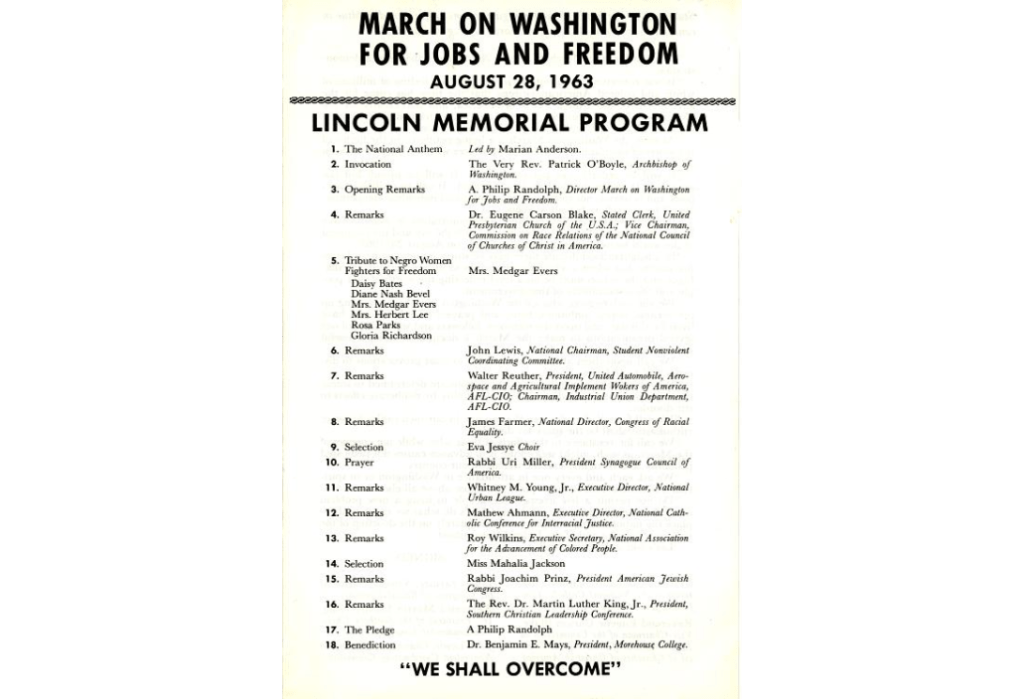
King delivered an earlier iteration of the sermon in Detroit, orchestrated by Rev. C.L. Franklin, Aretha Franklin’s father. During the march, news spread that W. E. B. DuBois died the previous night in Ghana. So much hope and progress, and mere weeks later, retaliation. The Birmingham Baptist church bombing was on September 15, 1963. Within five years of the March on Washington, Malcolm X and King were killed.
“We’re going to march. We’re going to walk together. We’re going to stand together. We’re going to sing together. We’re going to stay together. We’re going to moan together. We’re going to groan together and after a while, we will have freedom, freedom, and freedom now. And we all shall be free.”
Rev. Fred Shuttlesworth not formally asked for the program but asked to speak that day, one of many adjustments on the fly, rose to the occasion, primed the crowd

2)Can you help identify the choir and soloists- the gorgeous baritone, Robeson-esque at min 12:36, and the women (with earrings )at min 18:69, and the stunning soprano soloist soaring “We shall overcome” choir version, with crowd?
National Archives description of the film (added 2009 and still as of 2021):
“ARC Identifier 49737 / Local Identifier 306.3394. Scenes from Civil Rights March in Washington, D.C., August 1963. People walking up sidewalk; gathering on Mall, standing, singing. Lincoln Memorial, Washington Monument, crowd gathered on the Mall. People marching with signs, many men wearing UAW hats. People at speakers podium, men with guitars. Crowds outside of the White House, sign: The Catholic University of America. Band, people marching down street. Many signs, including All D.C. wants to vote! Home Rule for DC; Alpha Phi Alpha; and Woodstock Catholic Seminary for Equal Rights. Lincoln Memorial with crowds gathered around reflecting pool. People singing and clapping at speakers platform. Signs, people clapping. Man speaking, woman playing guitar and singing at podium. More speakers and shots of the crowd. A chorus, NAACP men in crowd. Close-ups of people in crowd with bowed heads. Shots taken from above of White House. More speakers, including Rev. Martin Luther King, Jr. Women at podium singing We Shall Overcome. Crowd swaying, singing, holding hands.”
1963
1963 GORDON PARKS COLOR PHOTOGRAPH

photo: installation view at The Cooper Gallery Harvard, Gordon Parks exhibition 2019 by C. Ryan — Parks’ photo journalist and cinematic chops in this sea of us momentous moment, March on Washington, 1963, view from Lincoln Memorial to Washington Monument. [*Lincoln designed by Daniel Chester French unveiled 1922; Washington Monument designed by Robert Mills; completed by Thomas Casey and the U.S. Army Corps of Engineers, dedicated 1884.] For more about Gordon Parks work in Gloucester, Mass. see 2012-14 here
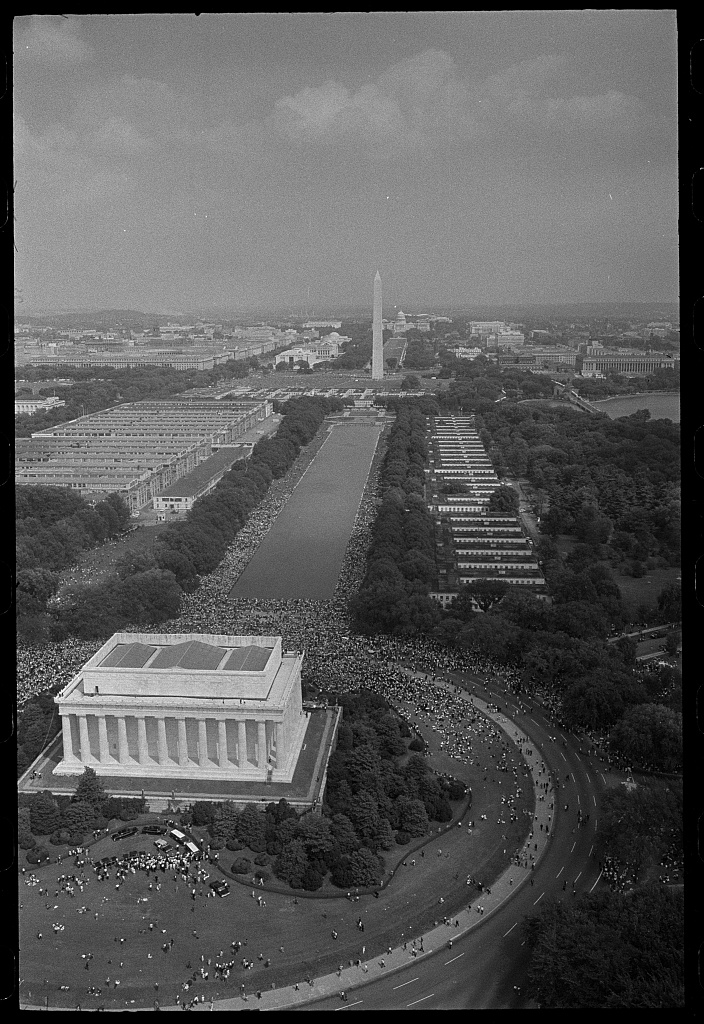
[photographer Thomas J. O’Halloran, aerial view of marchers, from the Lincoln Memorial to the Washington Monument, at the March on Washington, 1963, Library of Congress.]

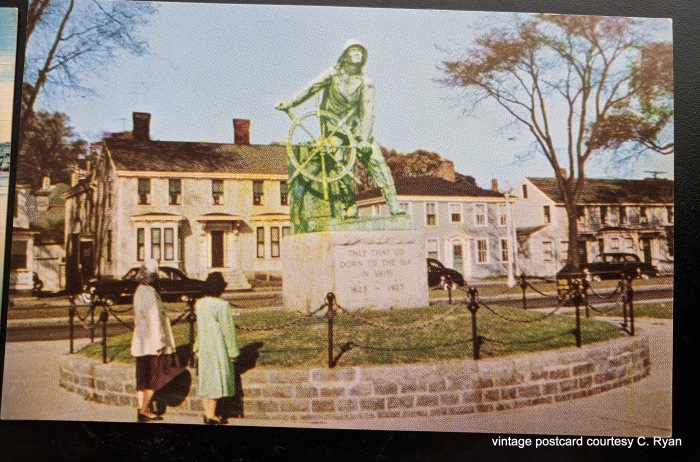


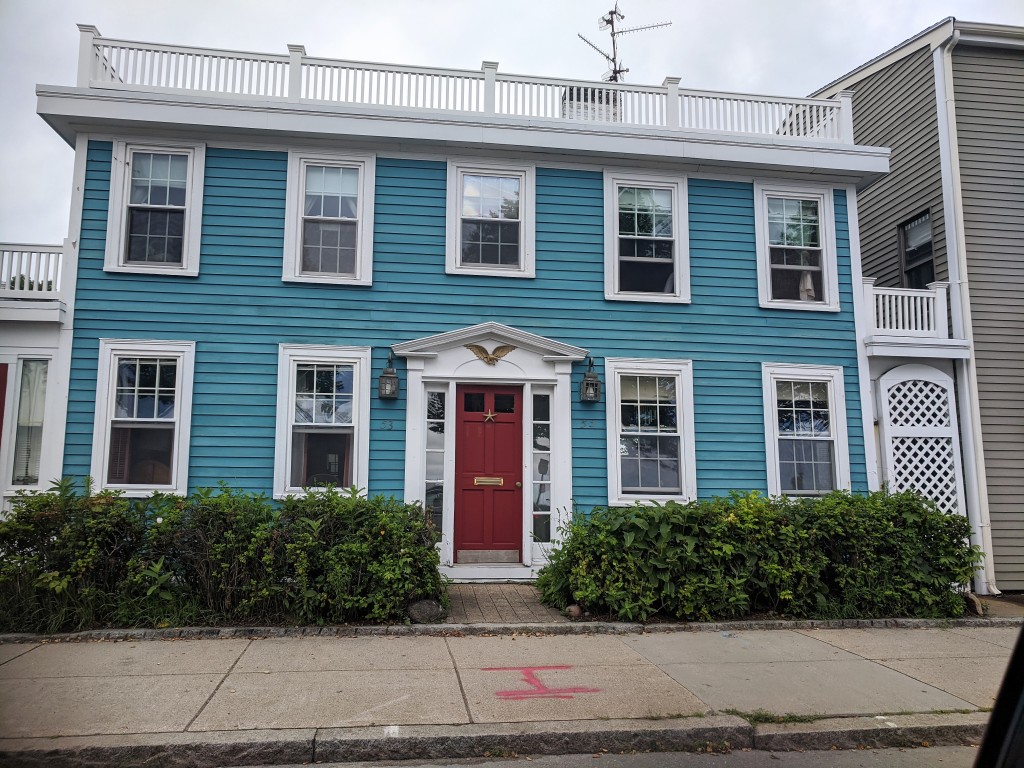

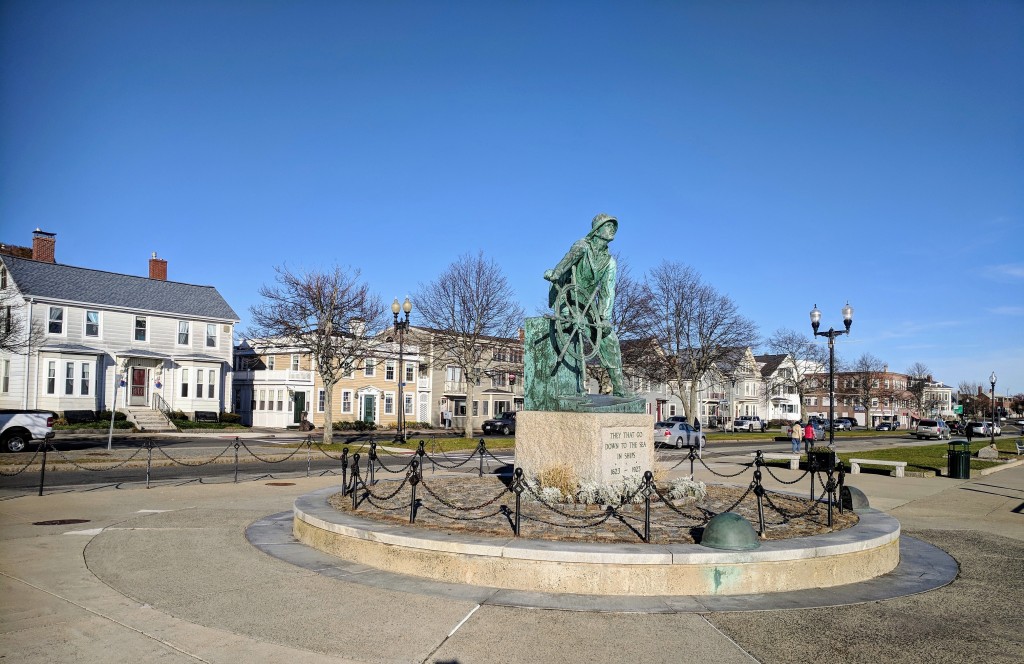
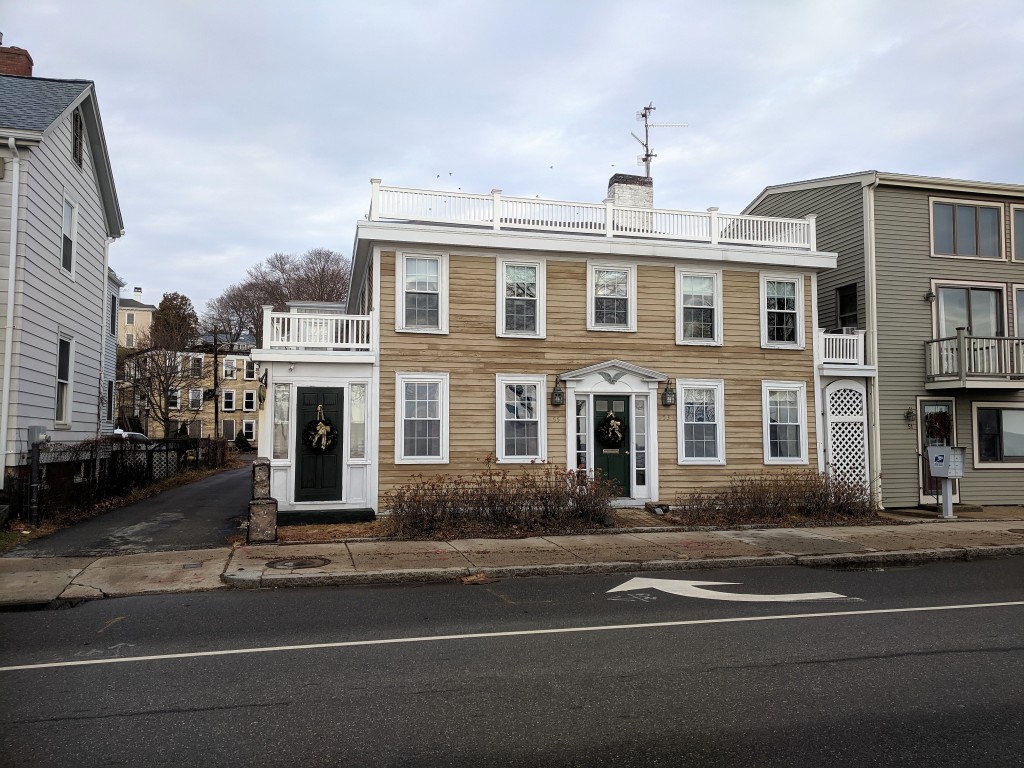
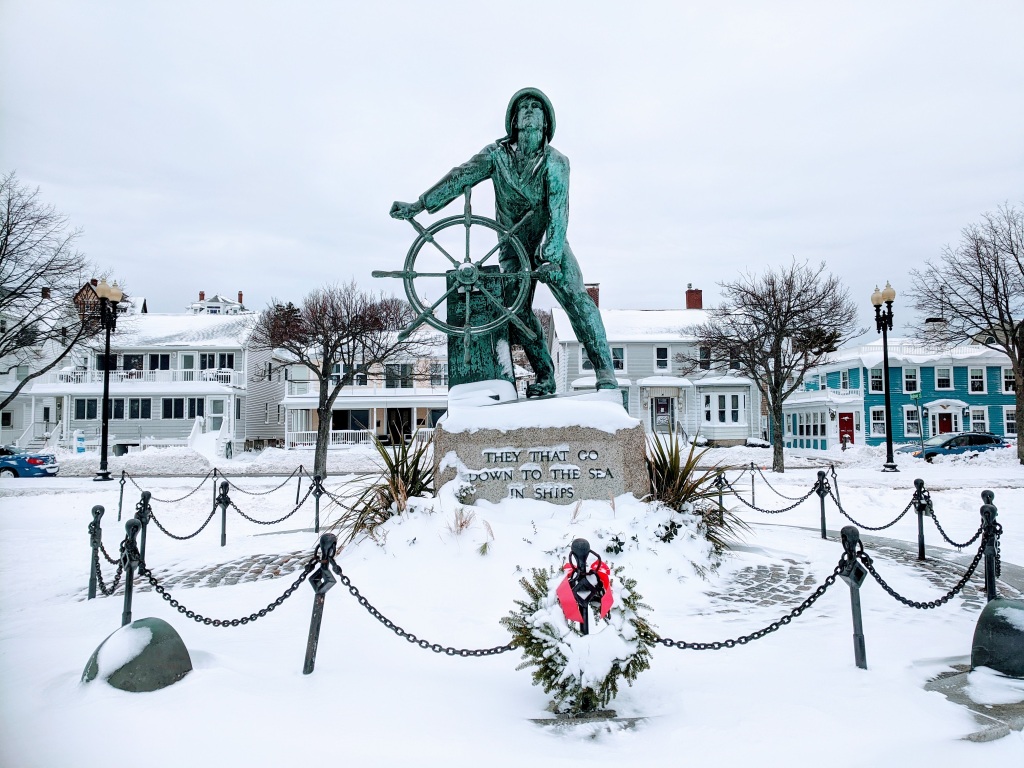



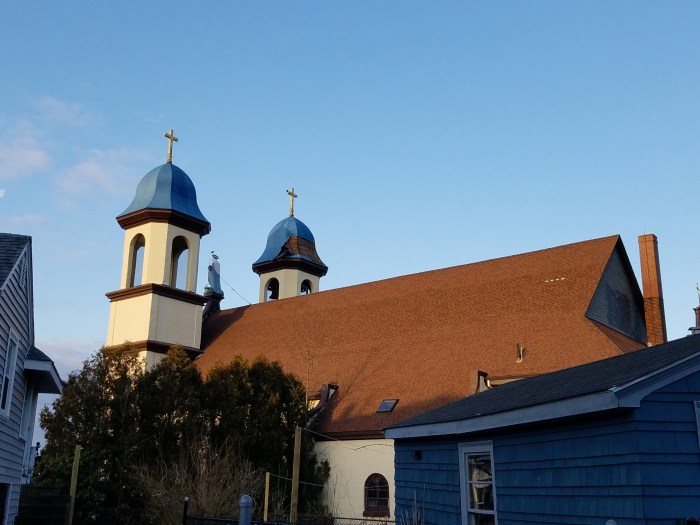

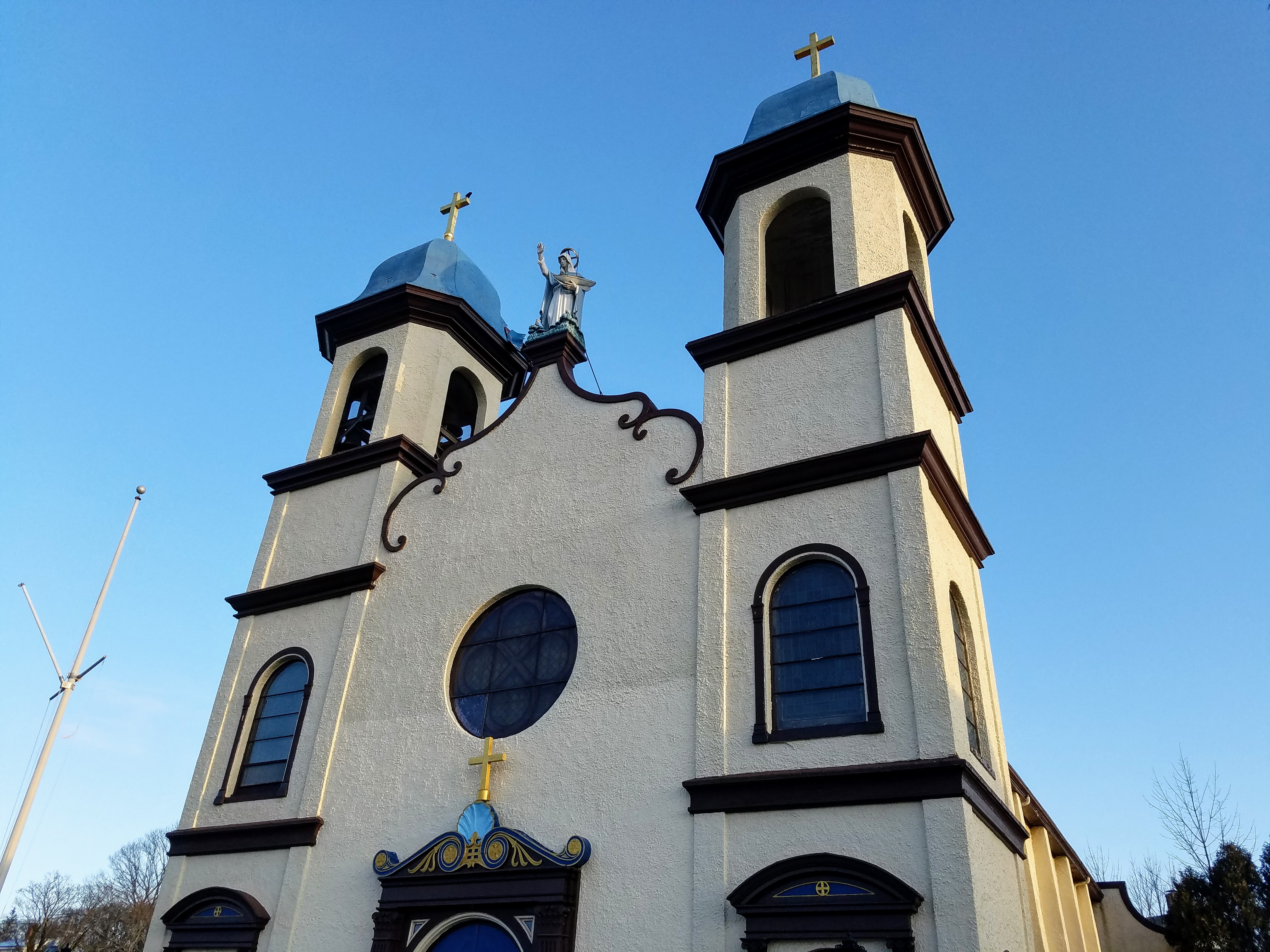

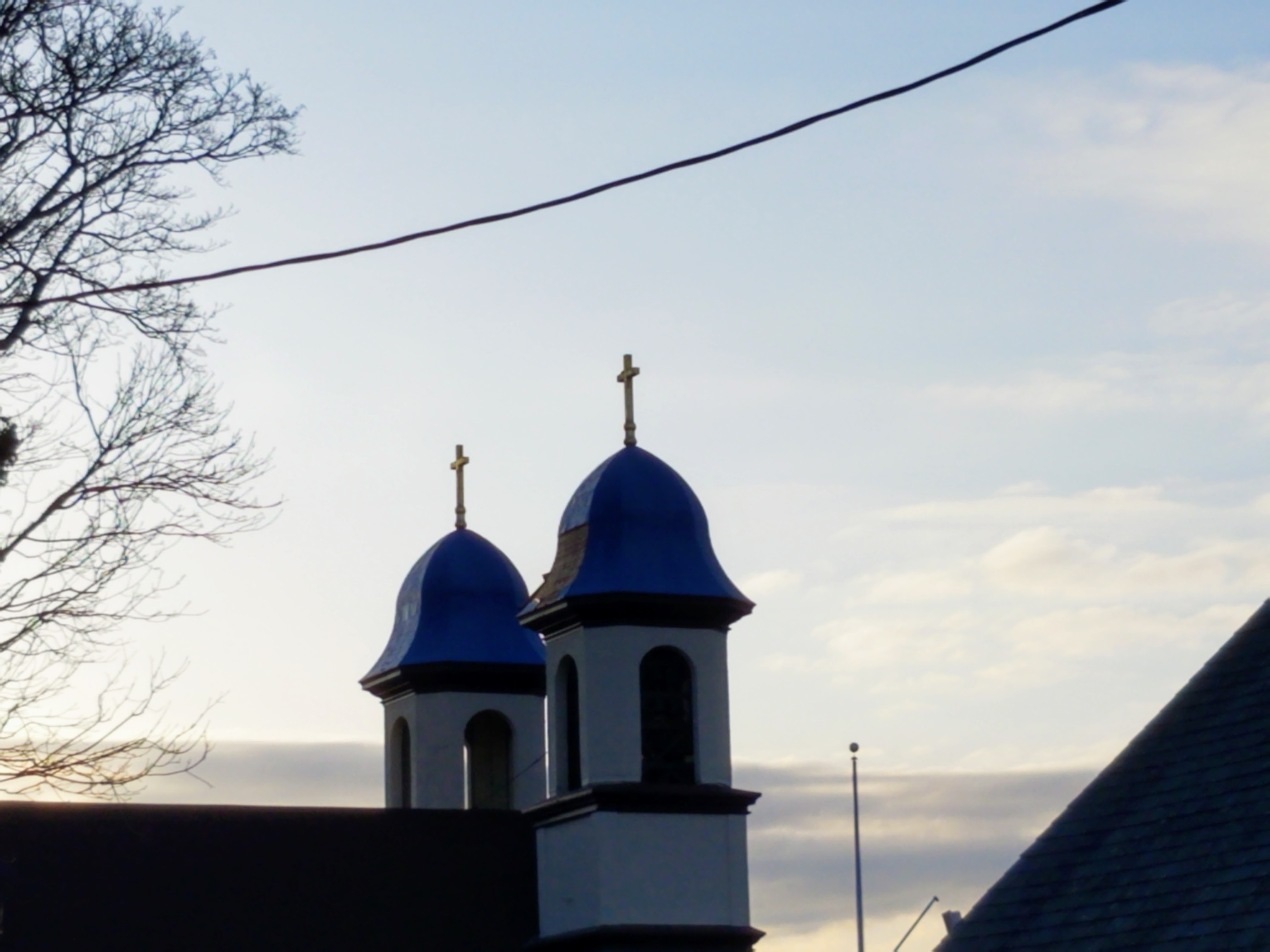
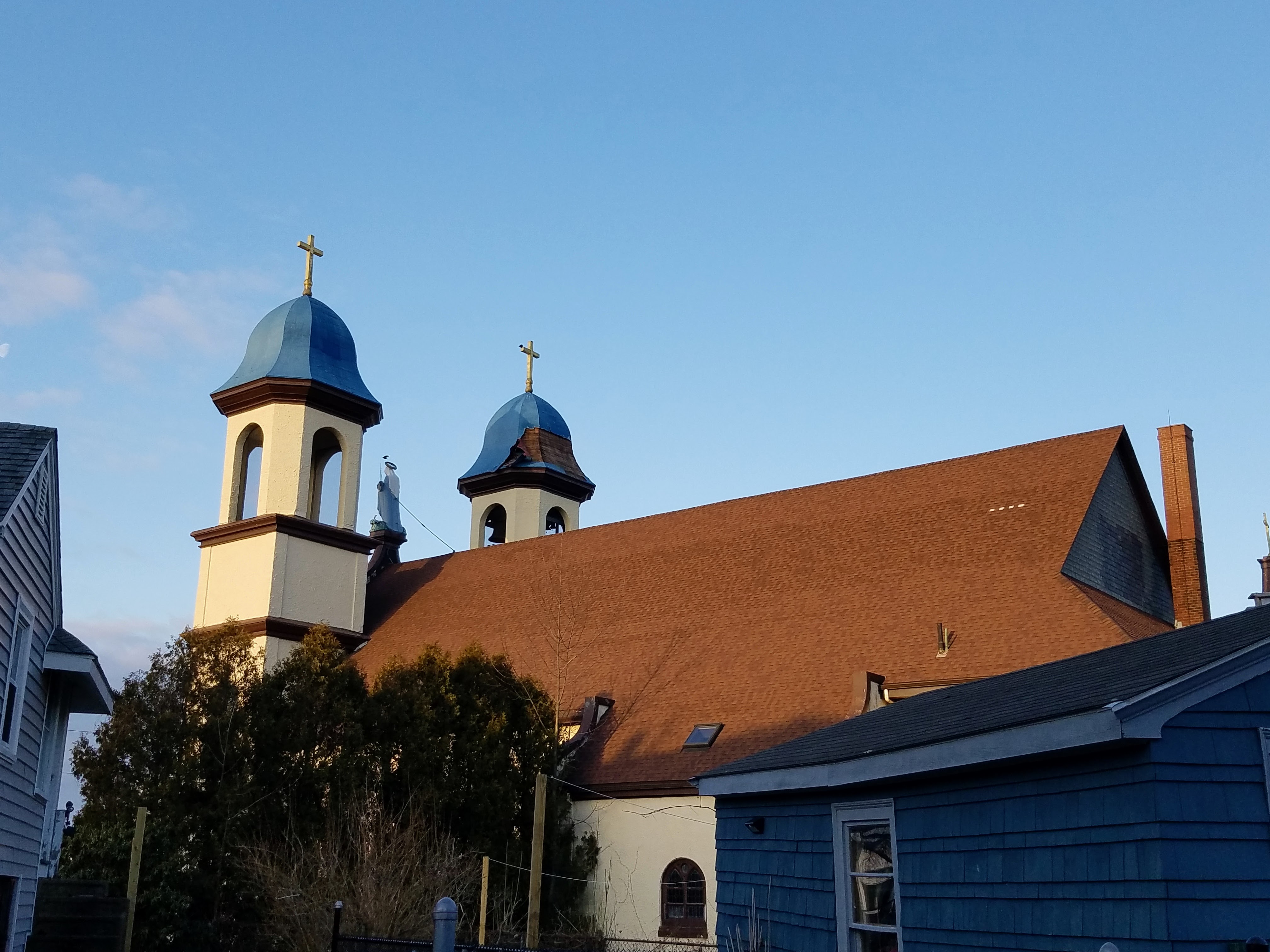
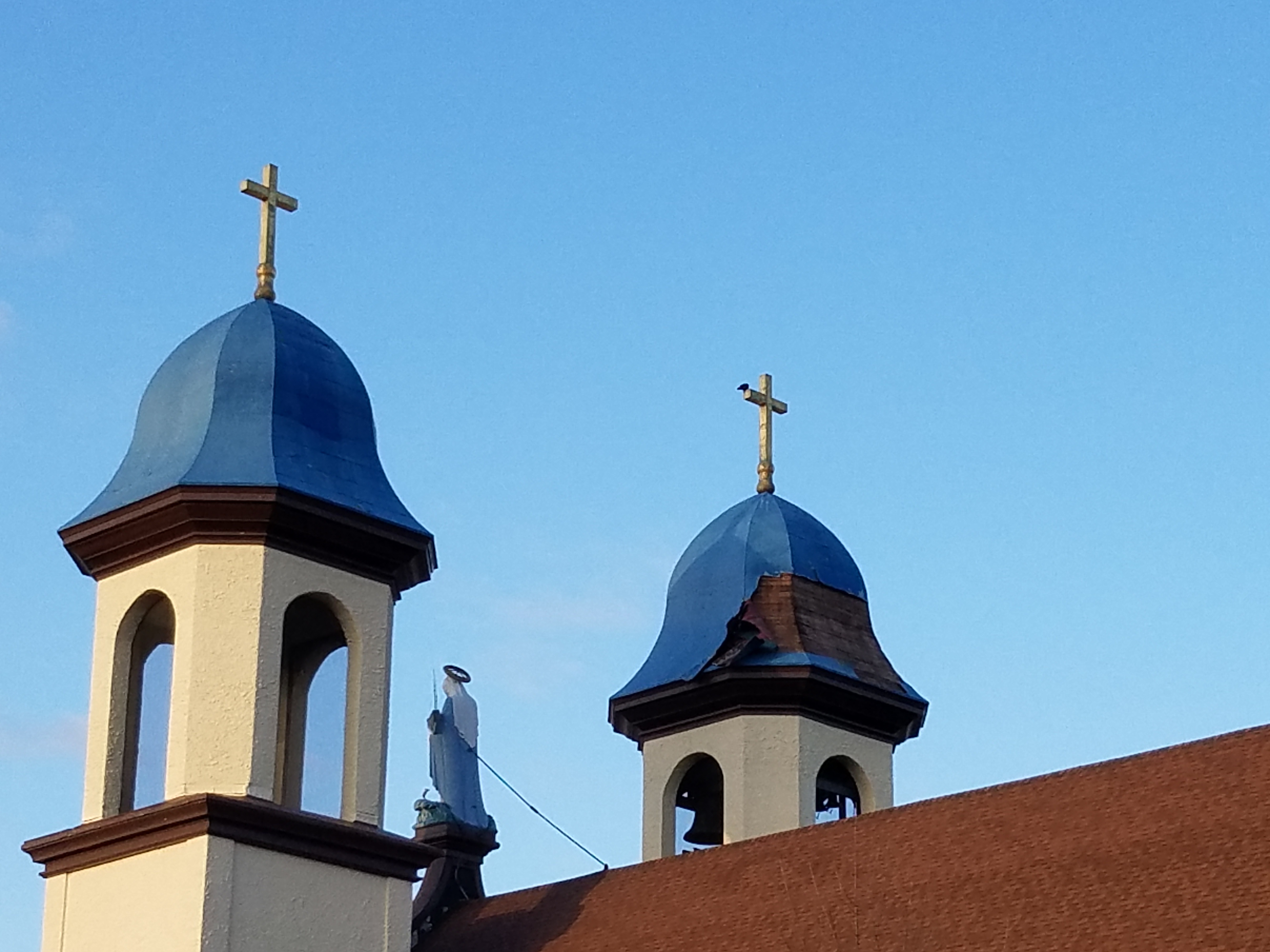
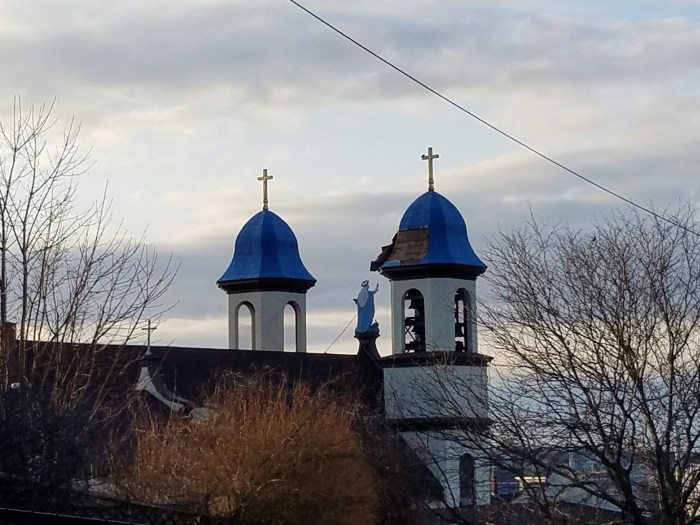
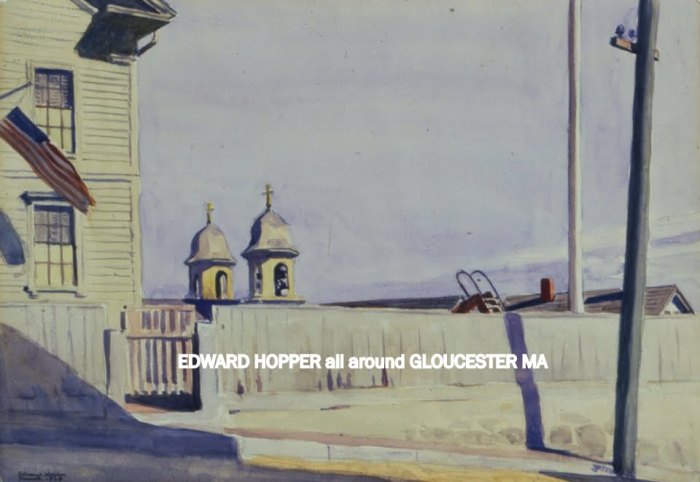
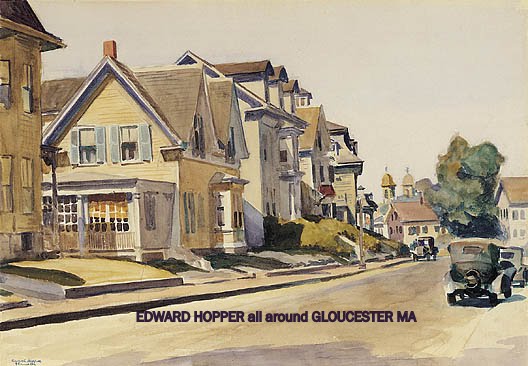


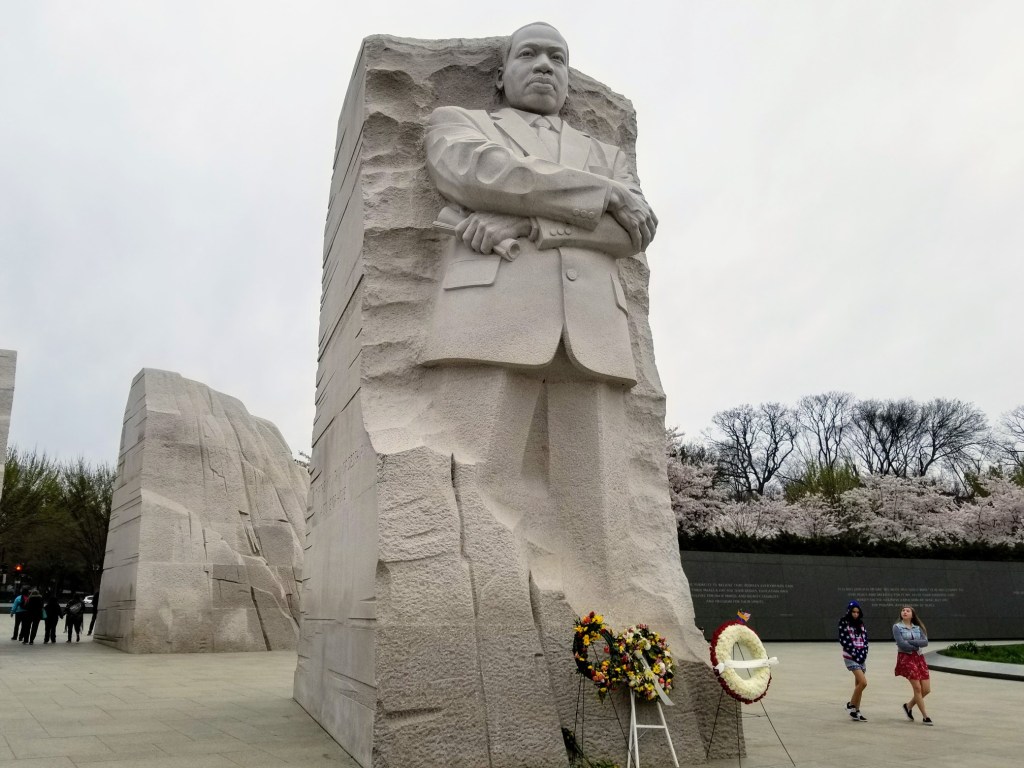
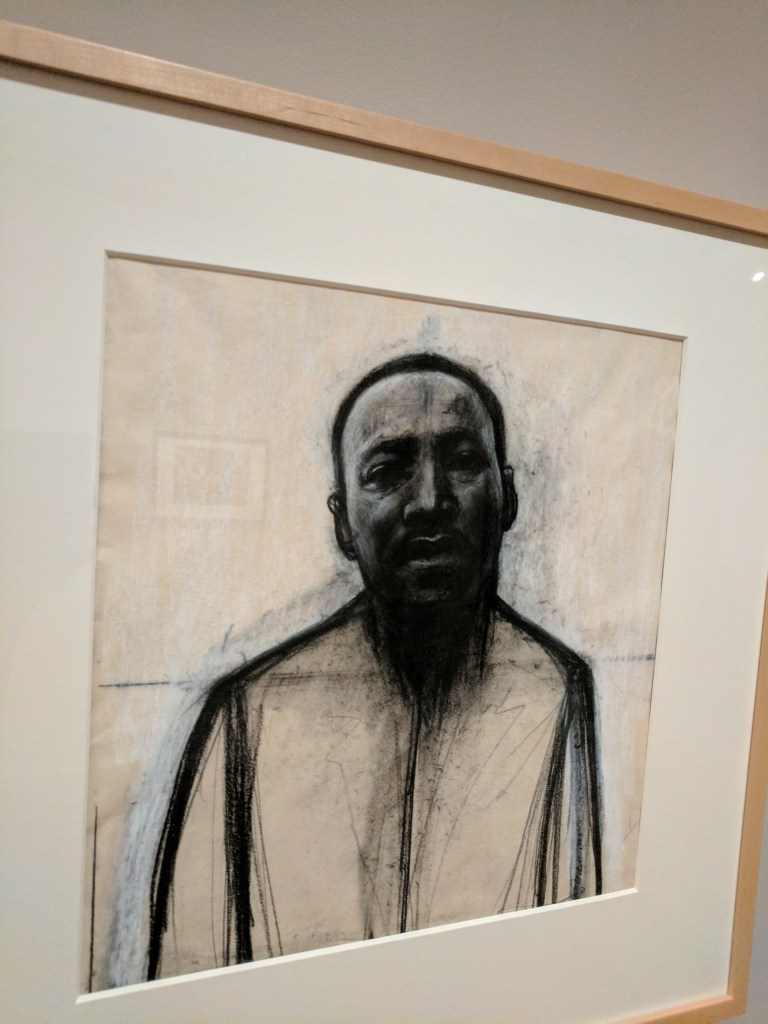

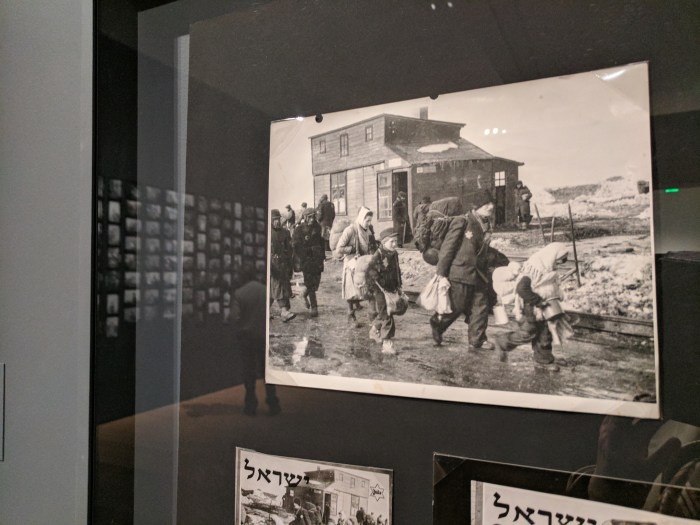
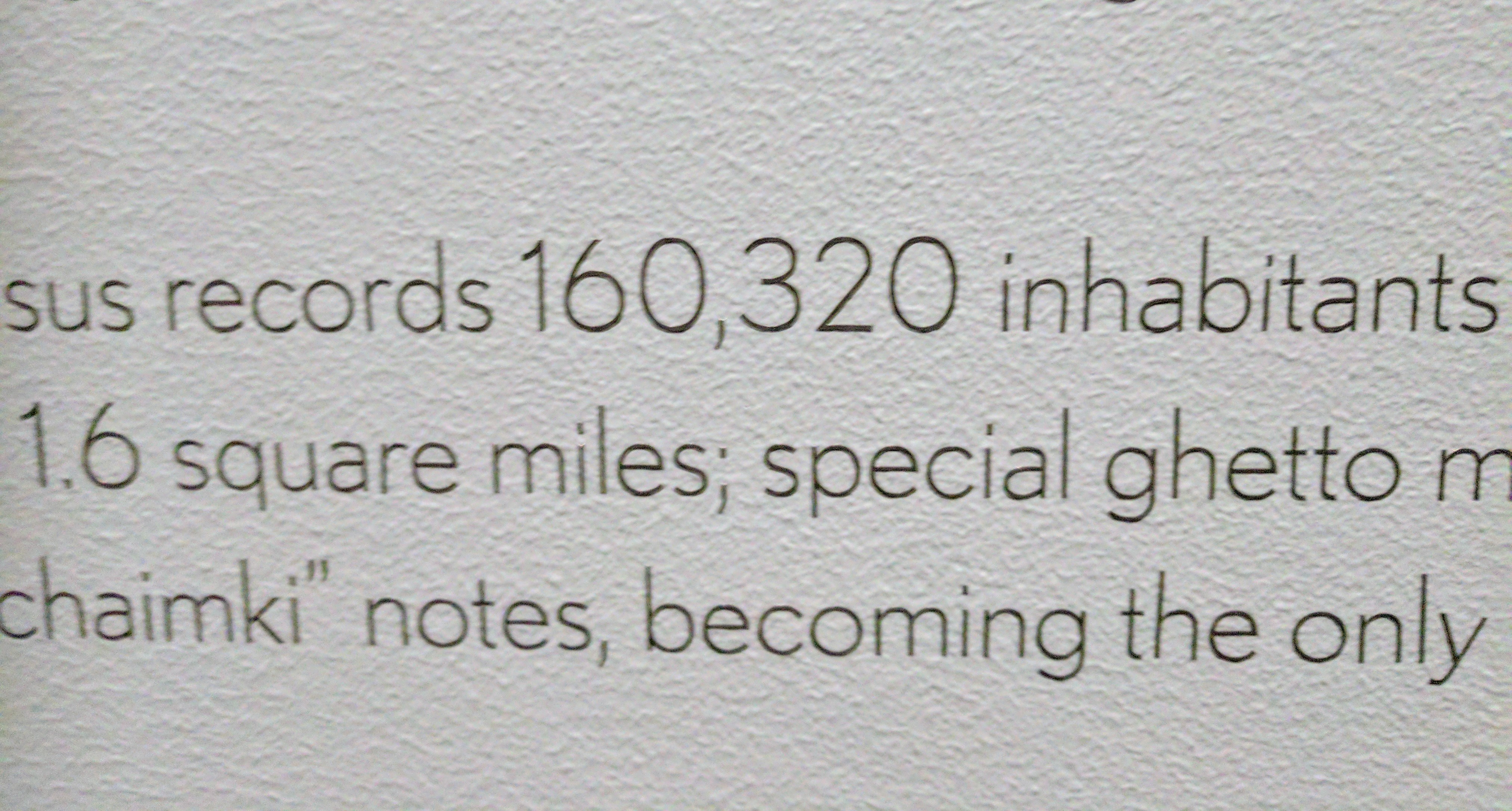


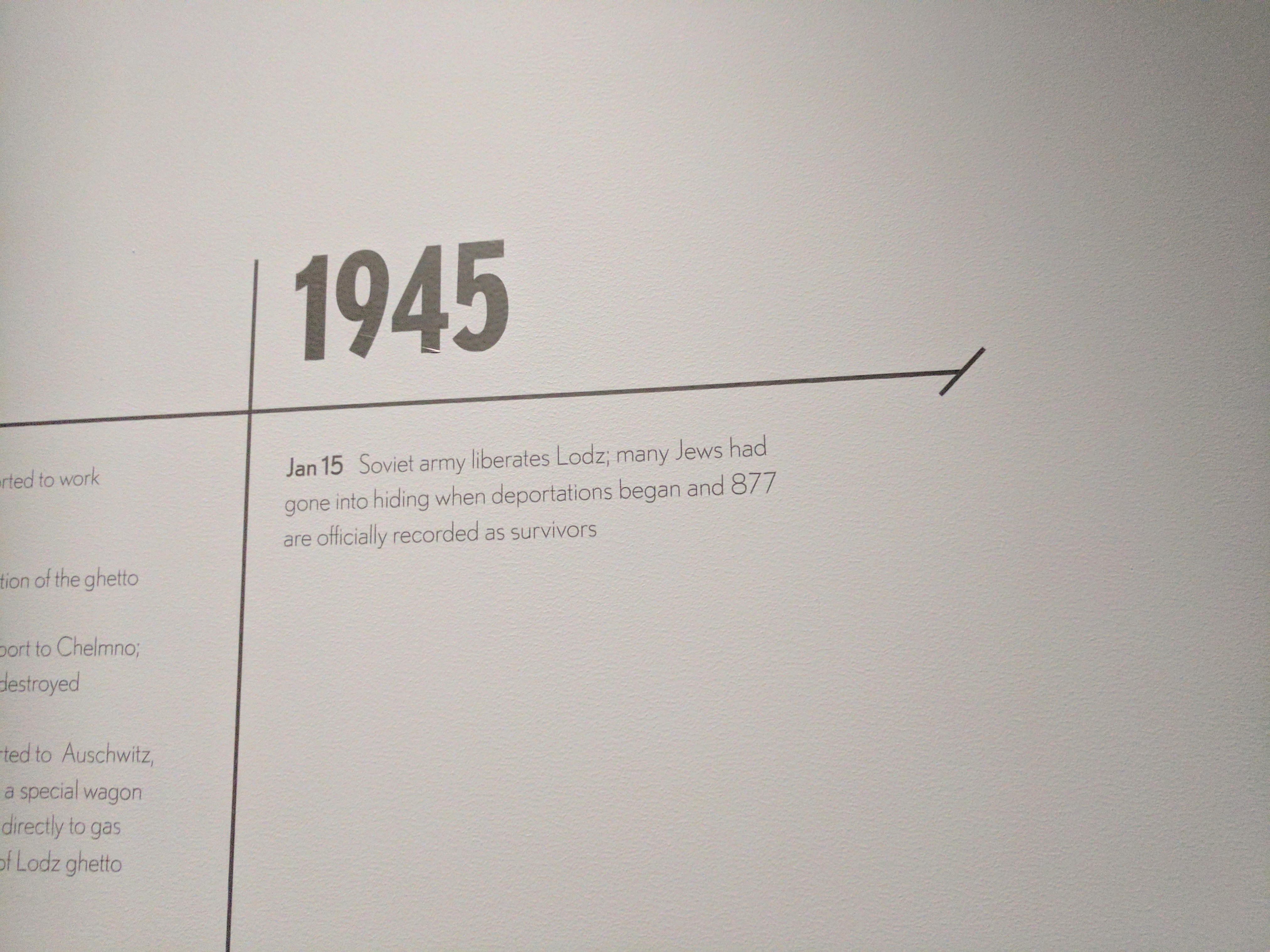








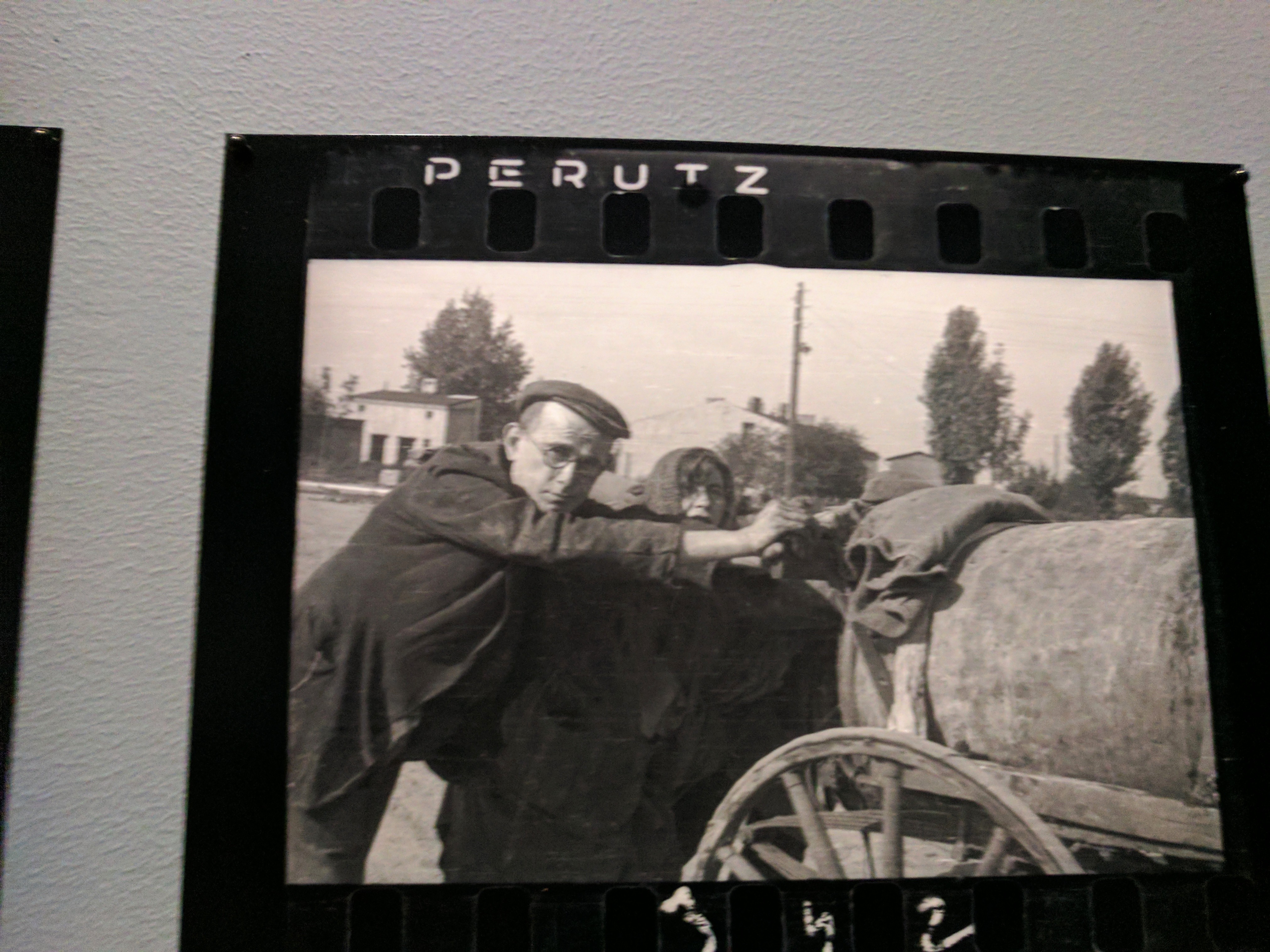








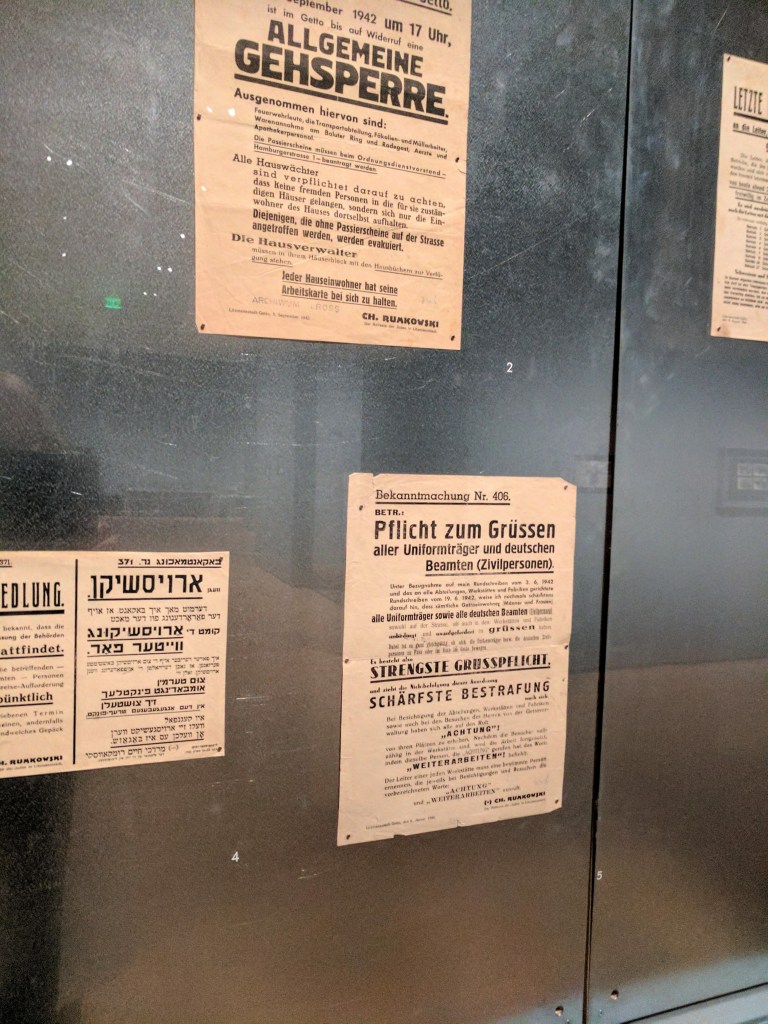


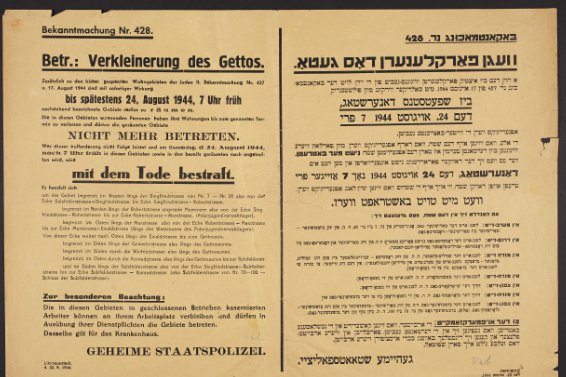
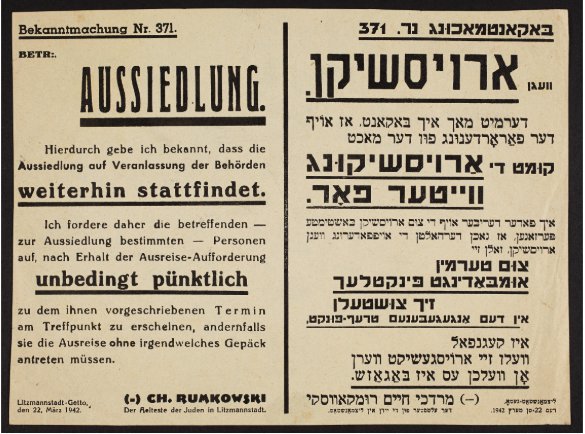
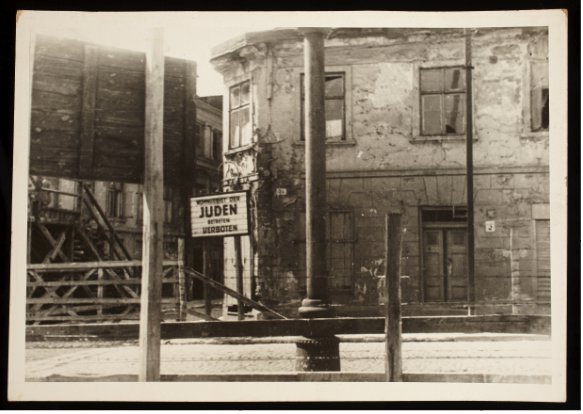
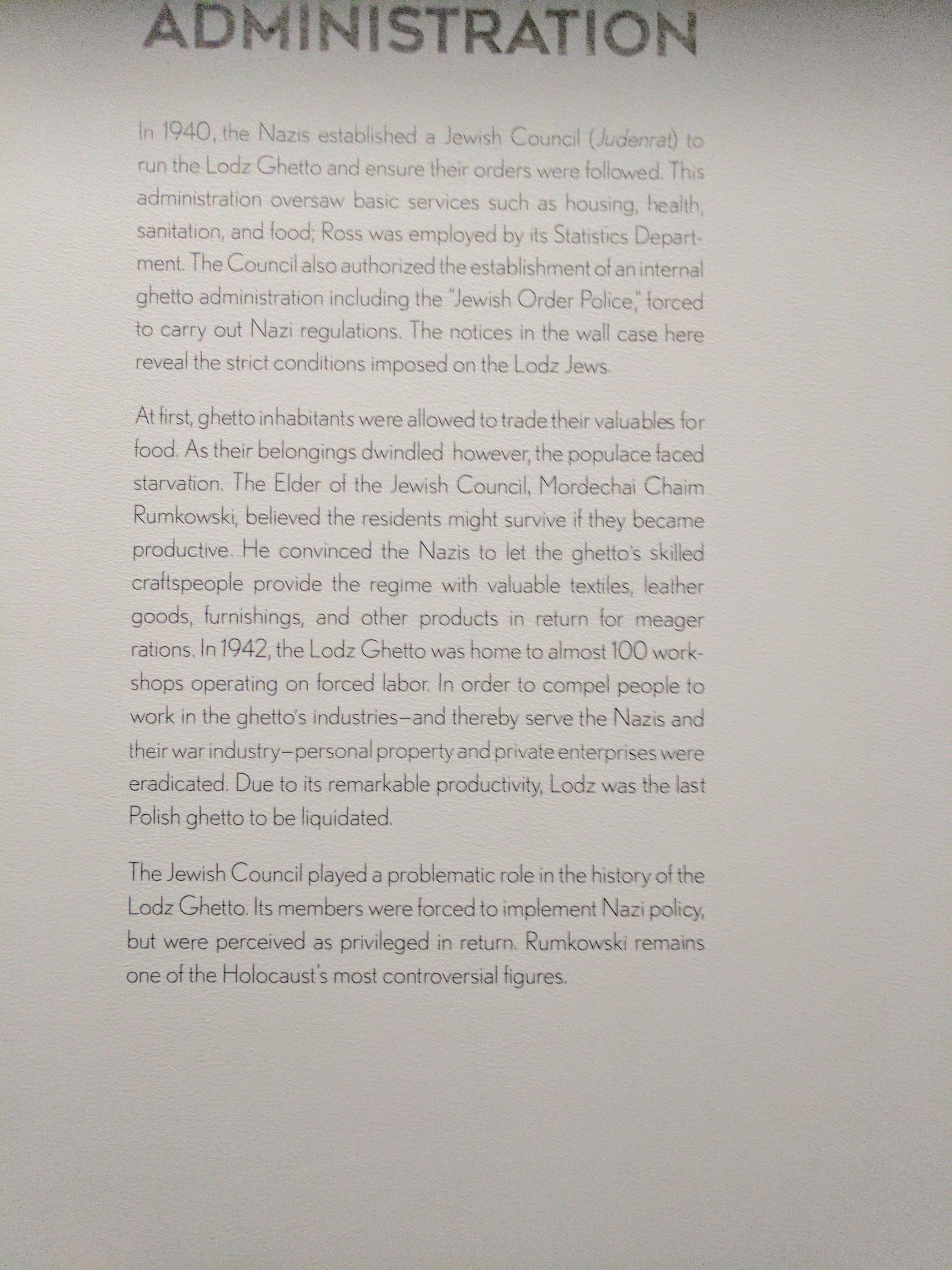
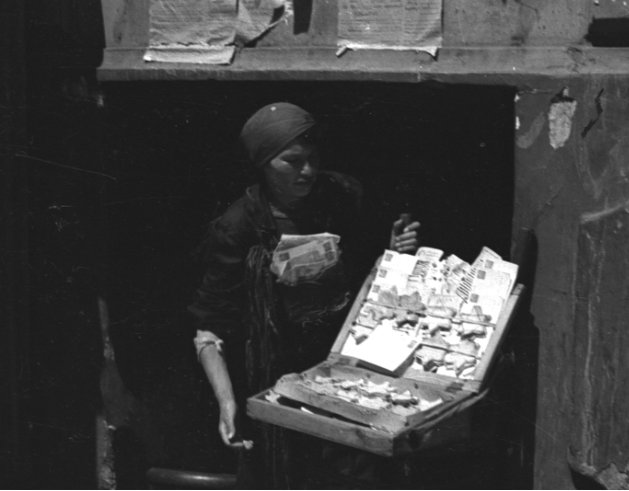
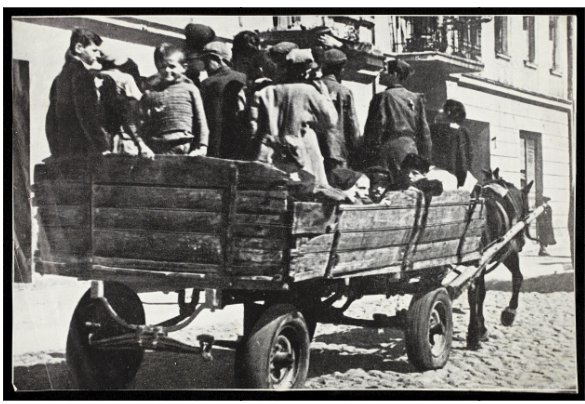

 3rd Annual Phyllis A Marine Association Art Show and Sale
3rd Annual Phyllis A Marine Association Art Show and Sale 

 Ocean Views Walk from Ravenswood to Rafe’s Chasm
Ocean Views Walk from Ravenswood to Rafe’s Chasm 

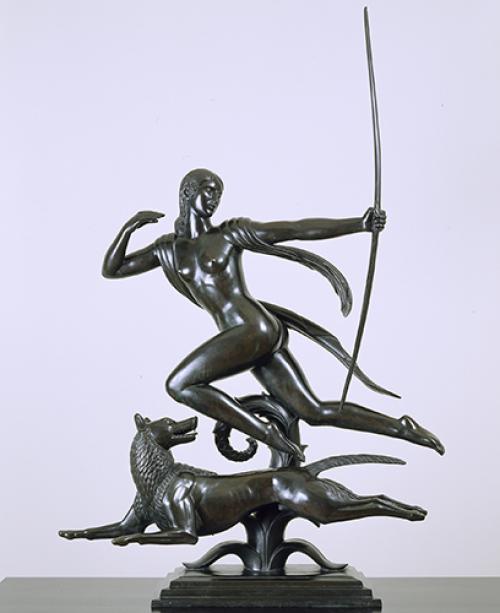 ANDOVER
ANDOVER

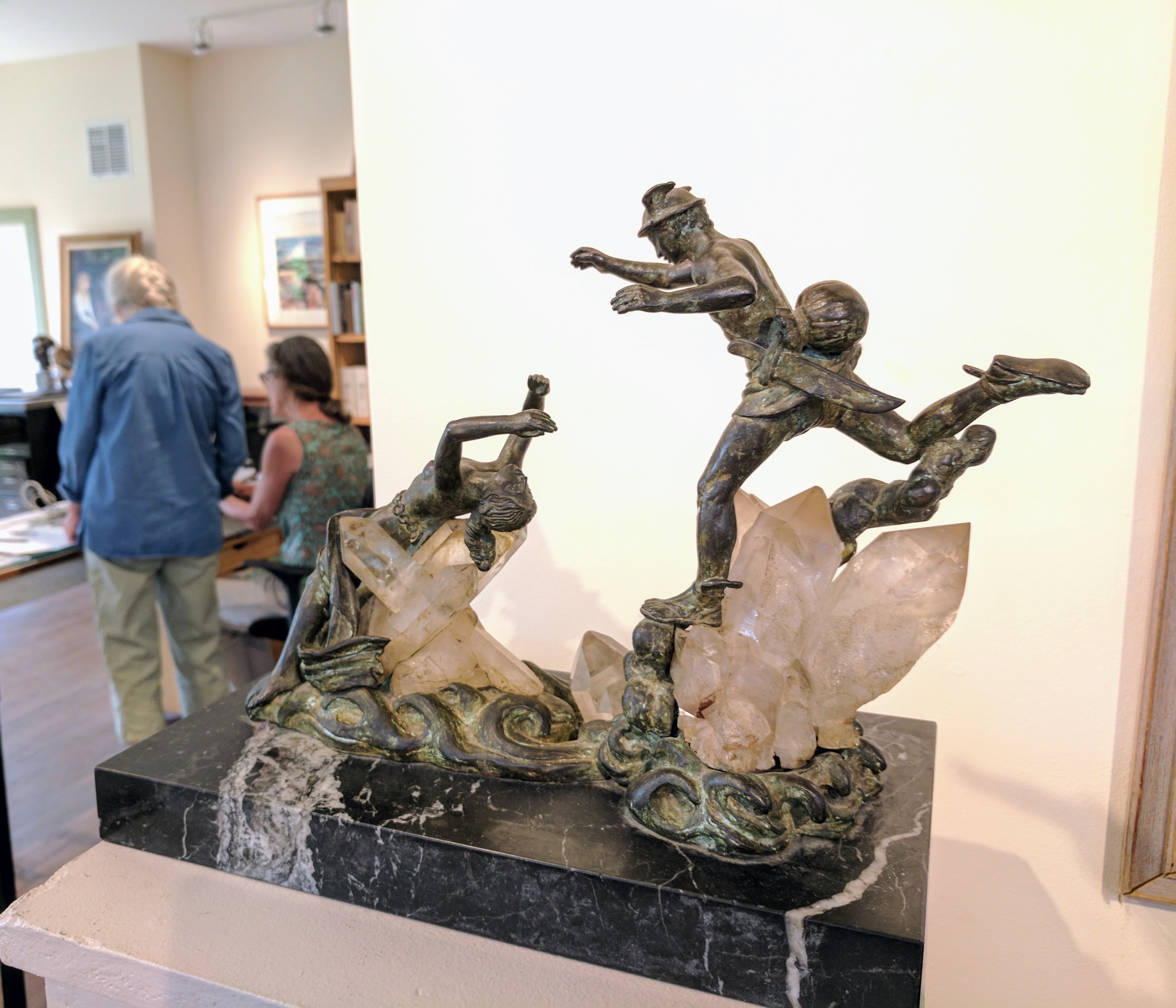

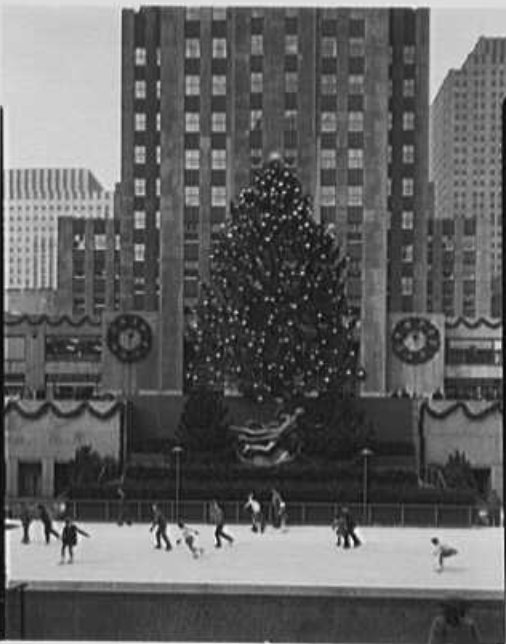
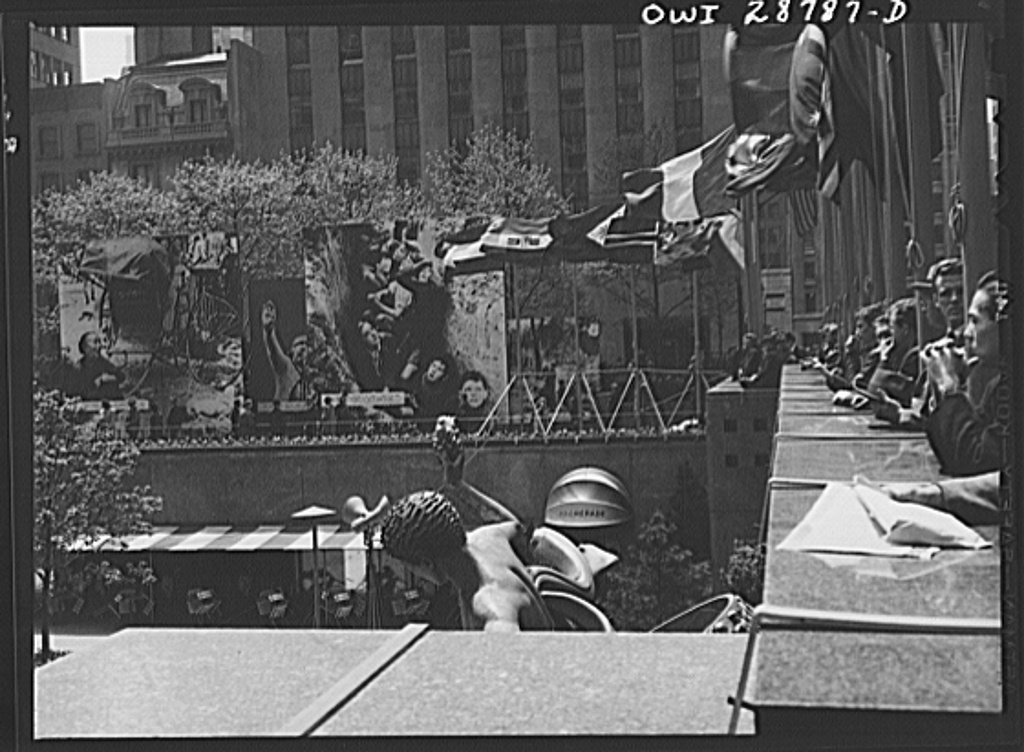



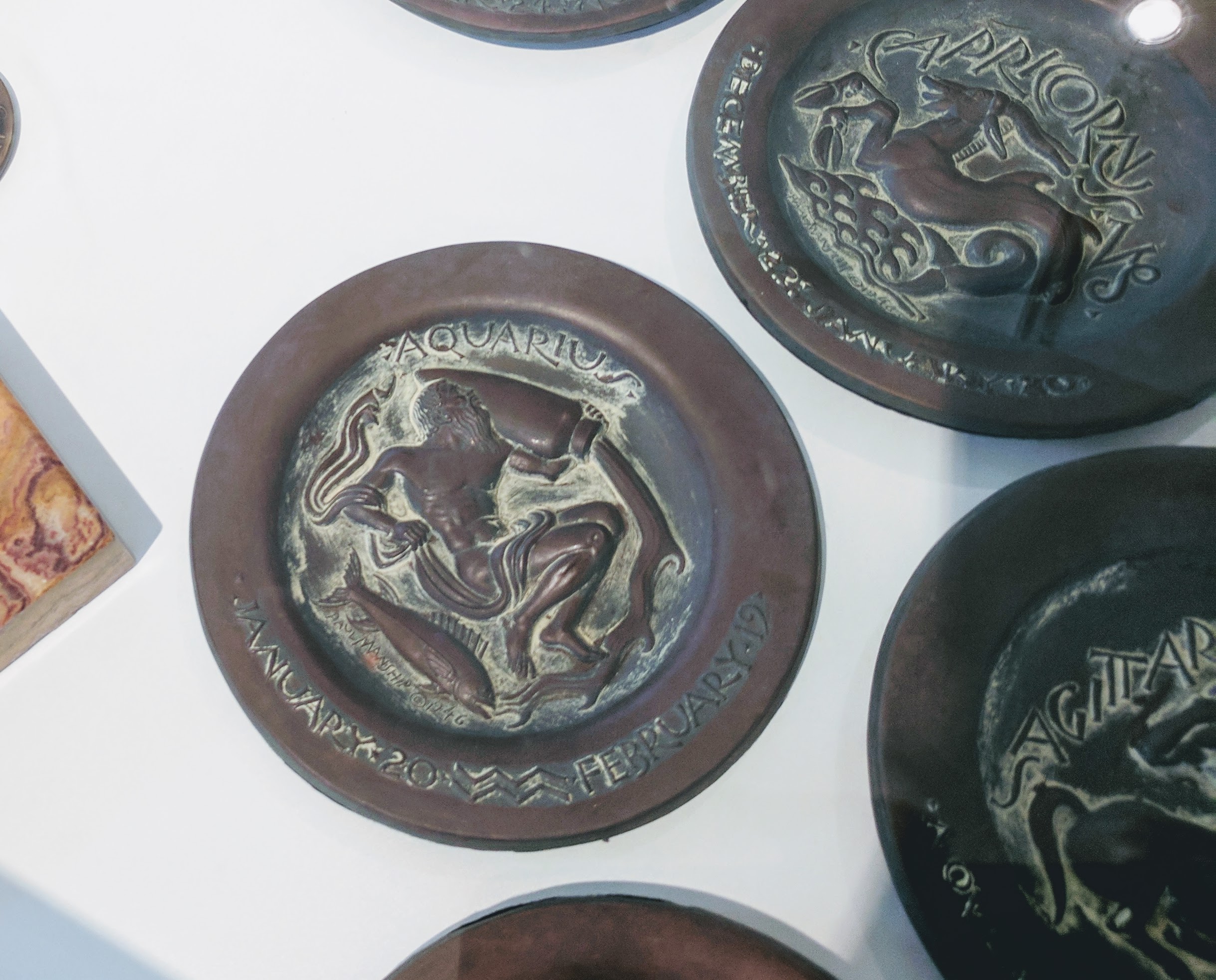

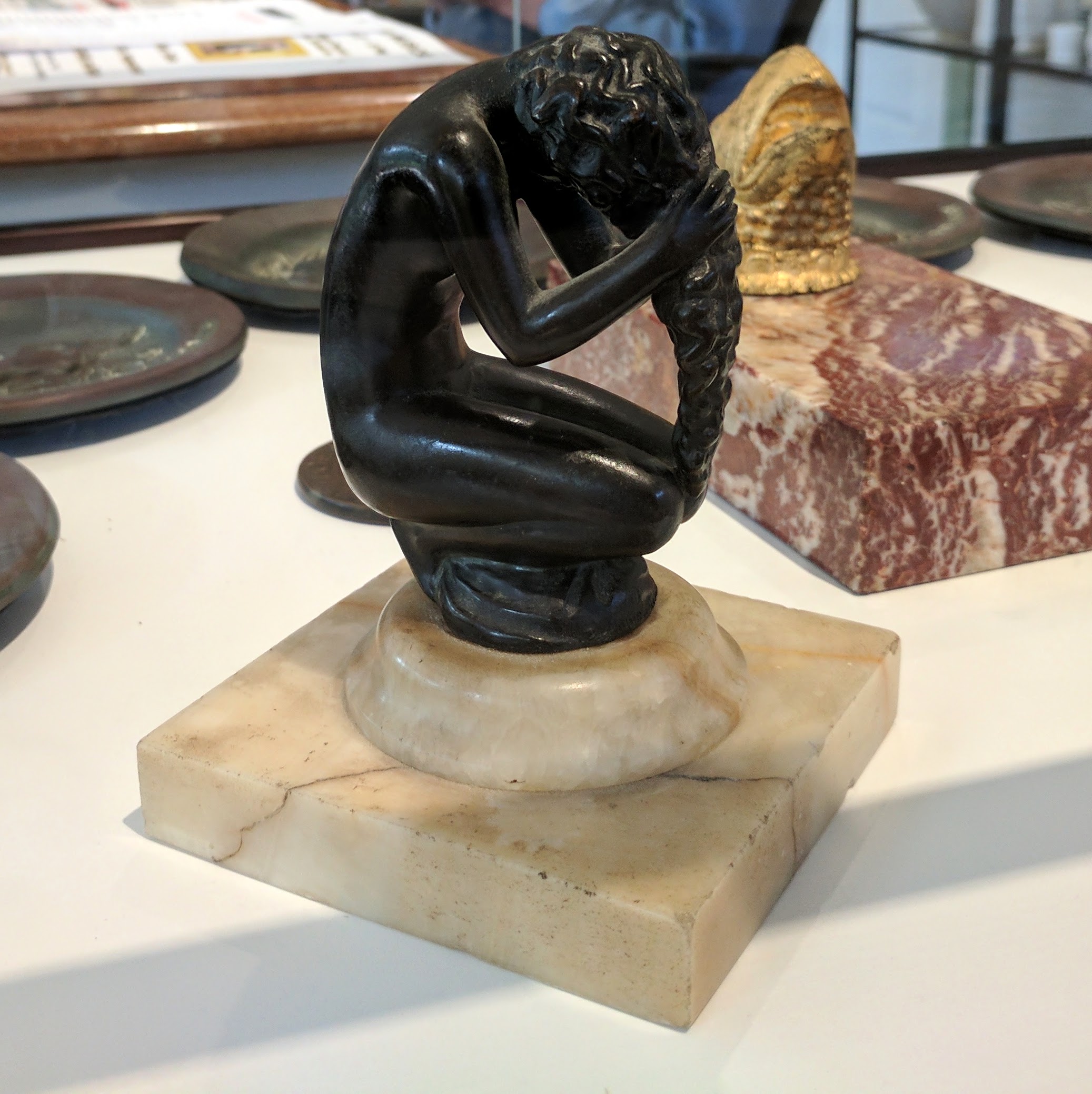



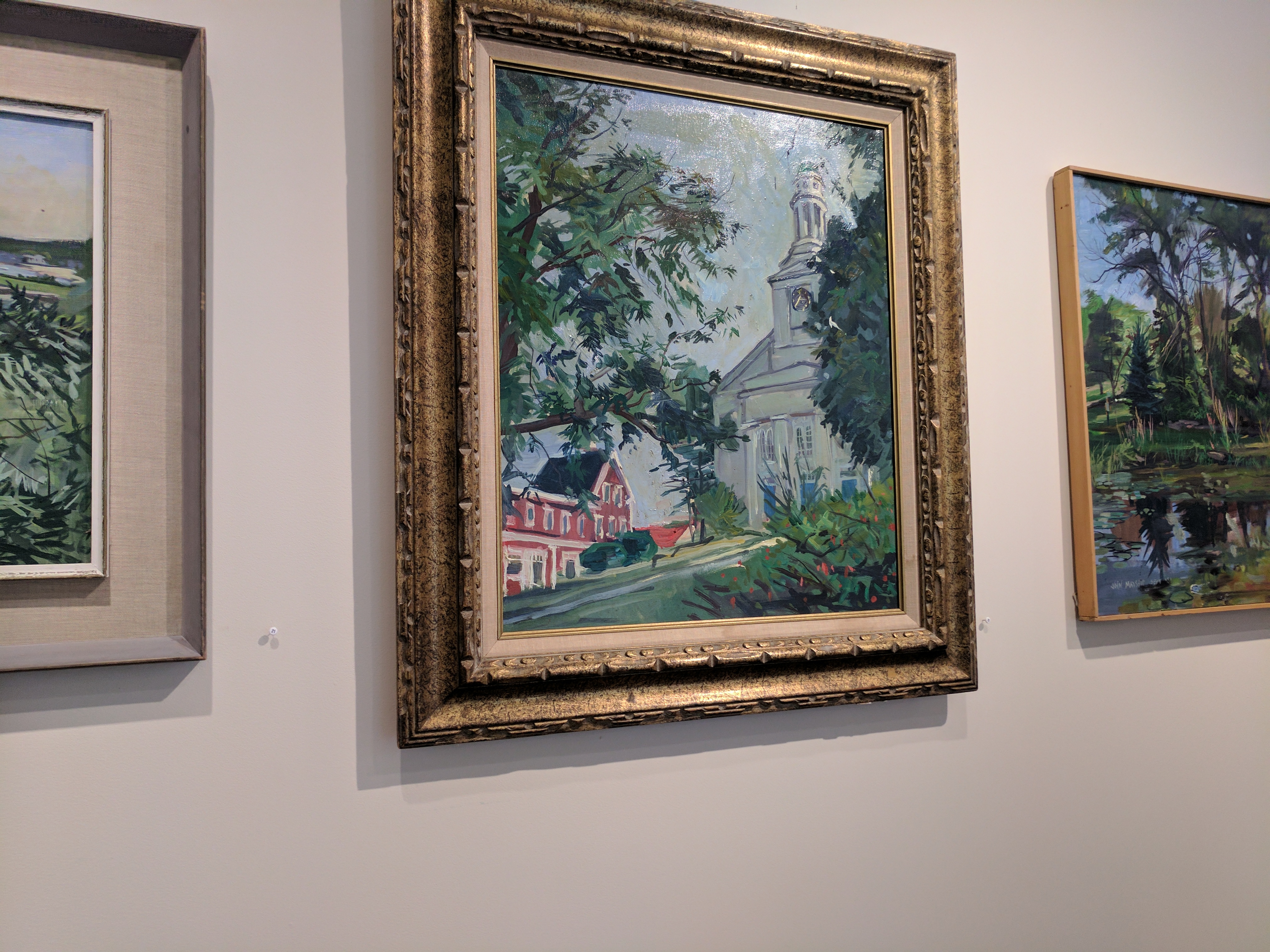
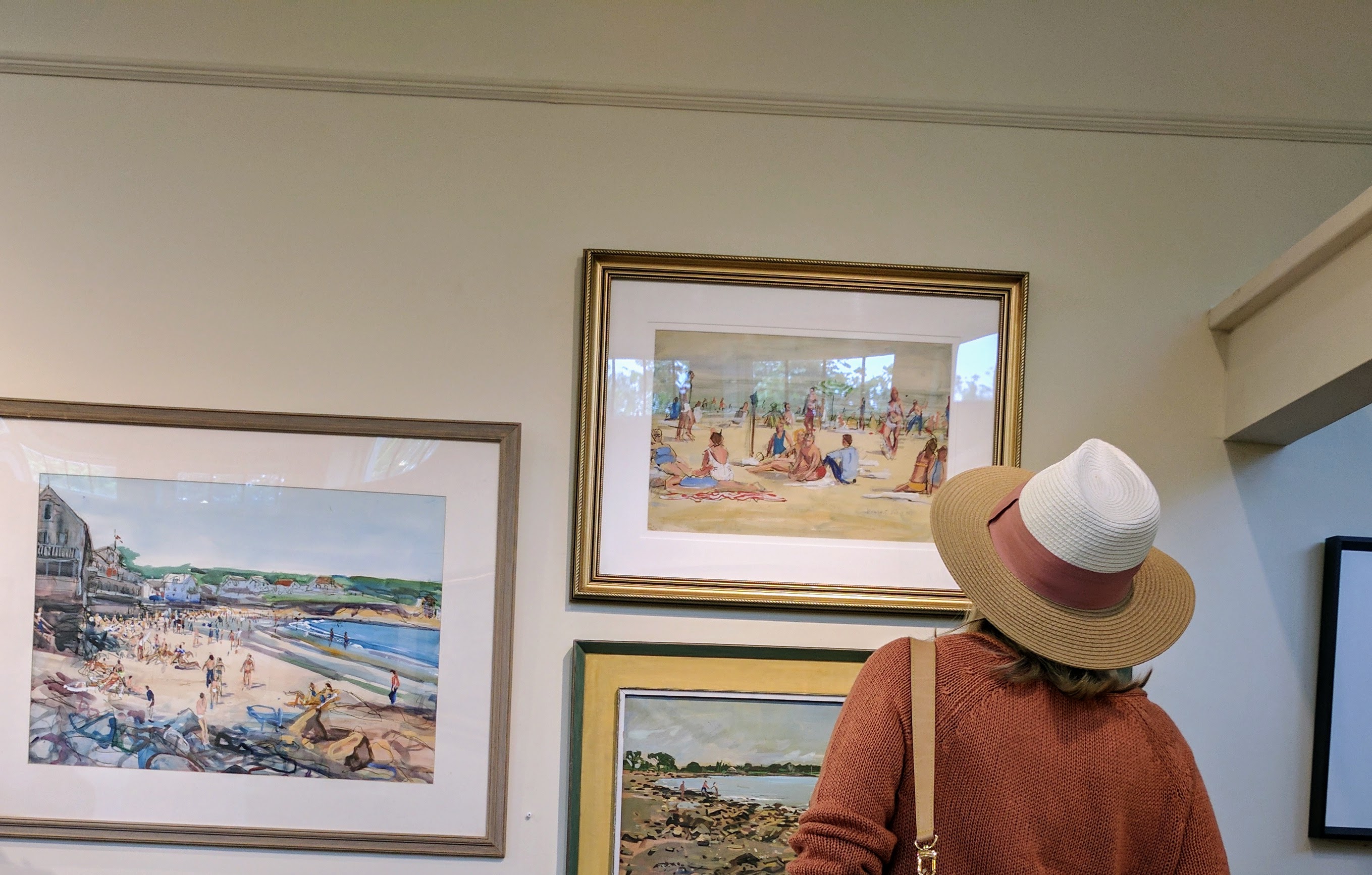

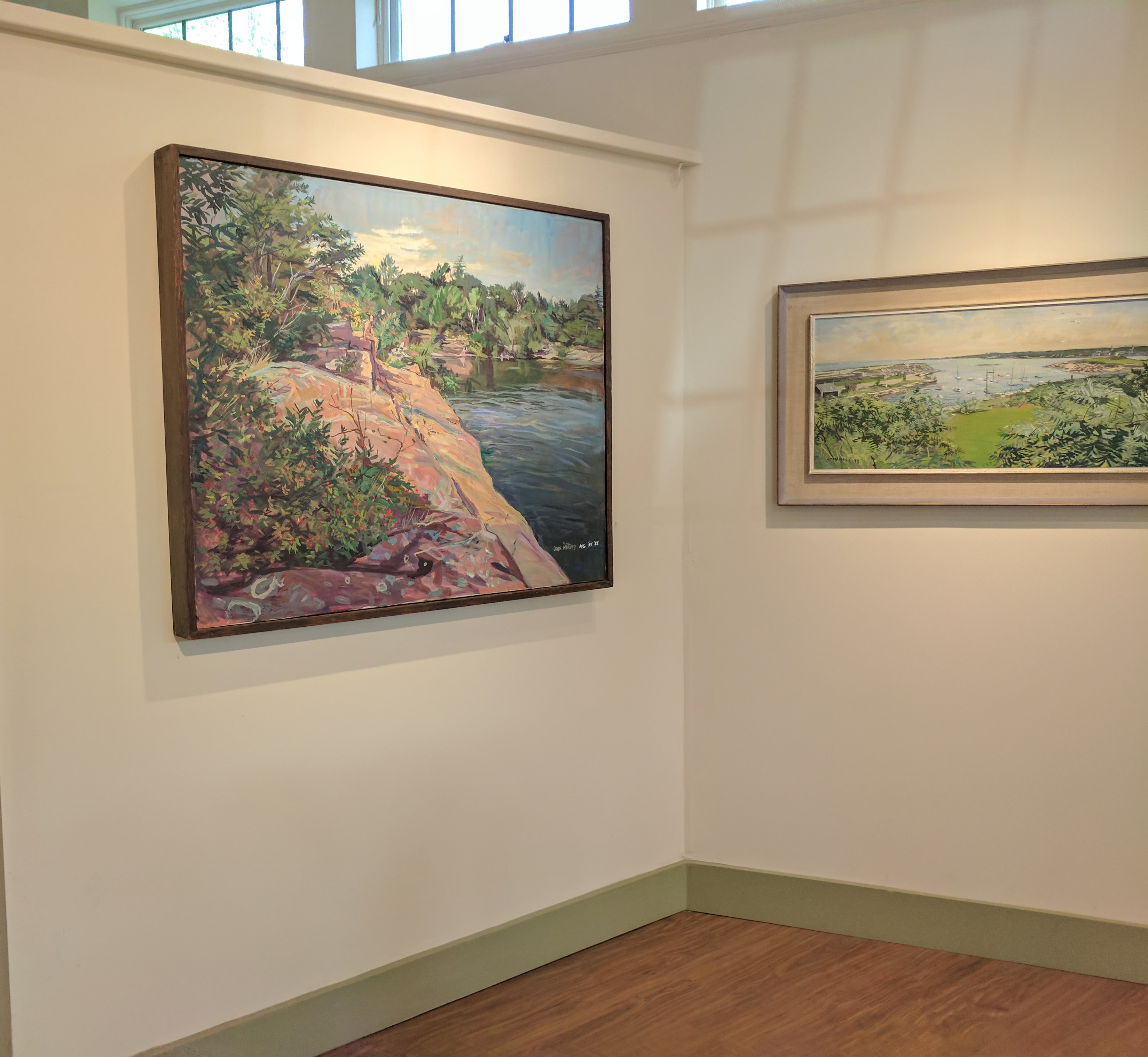
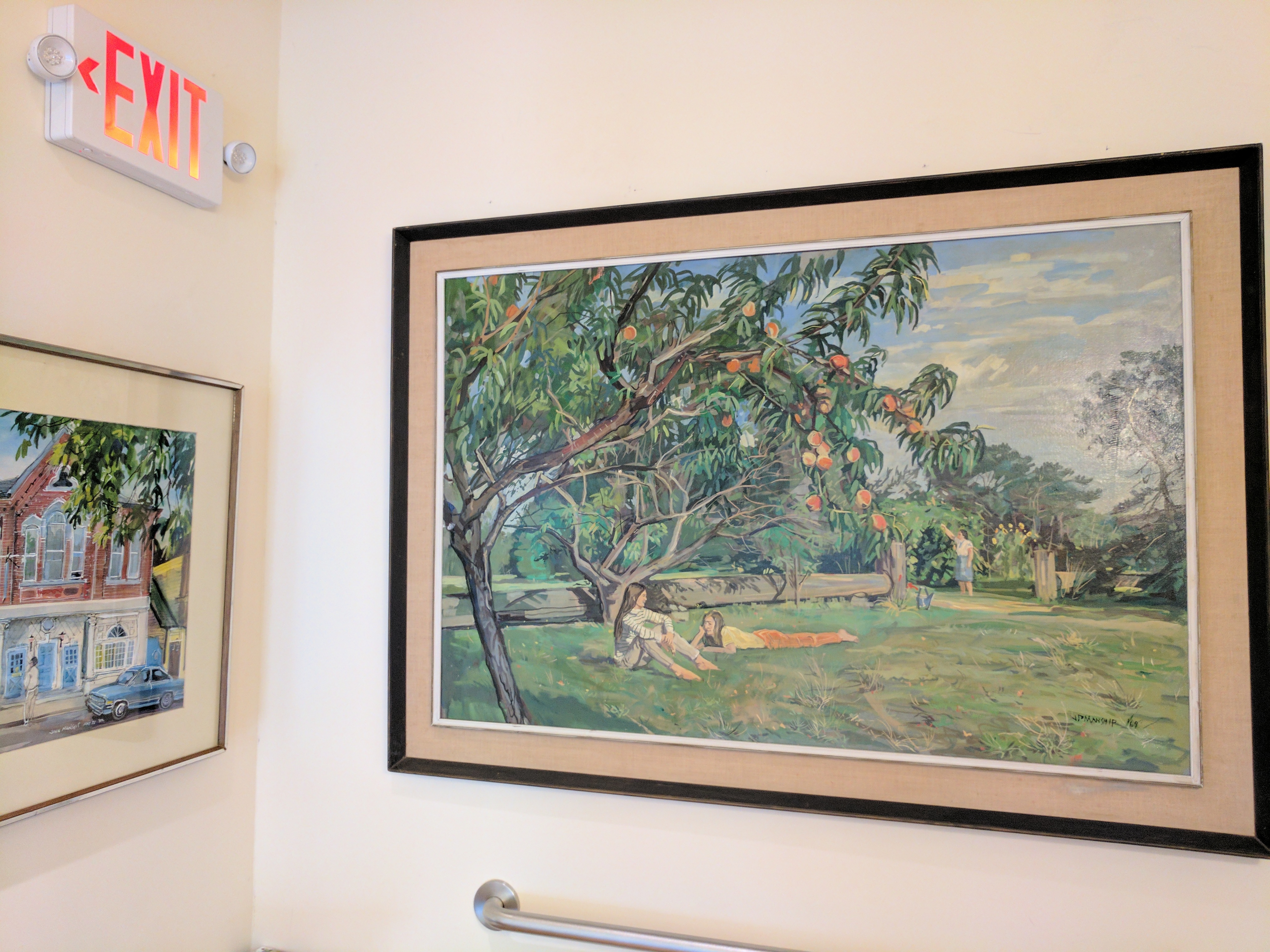
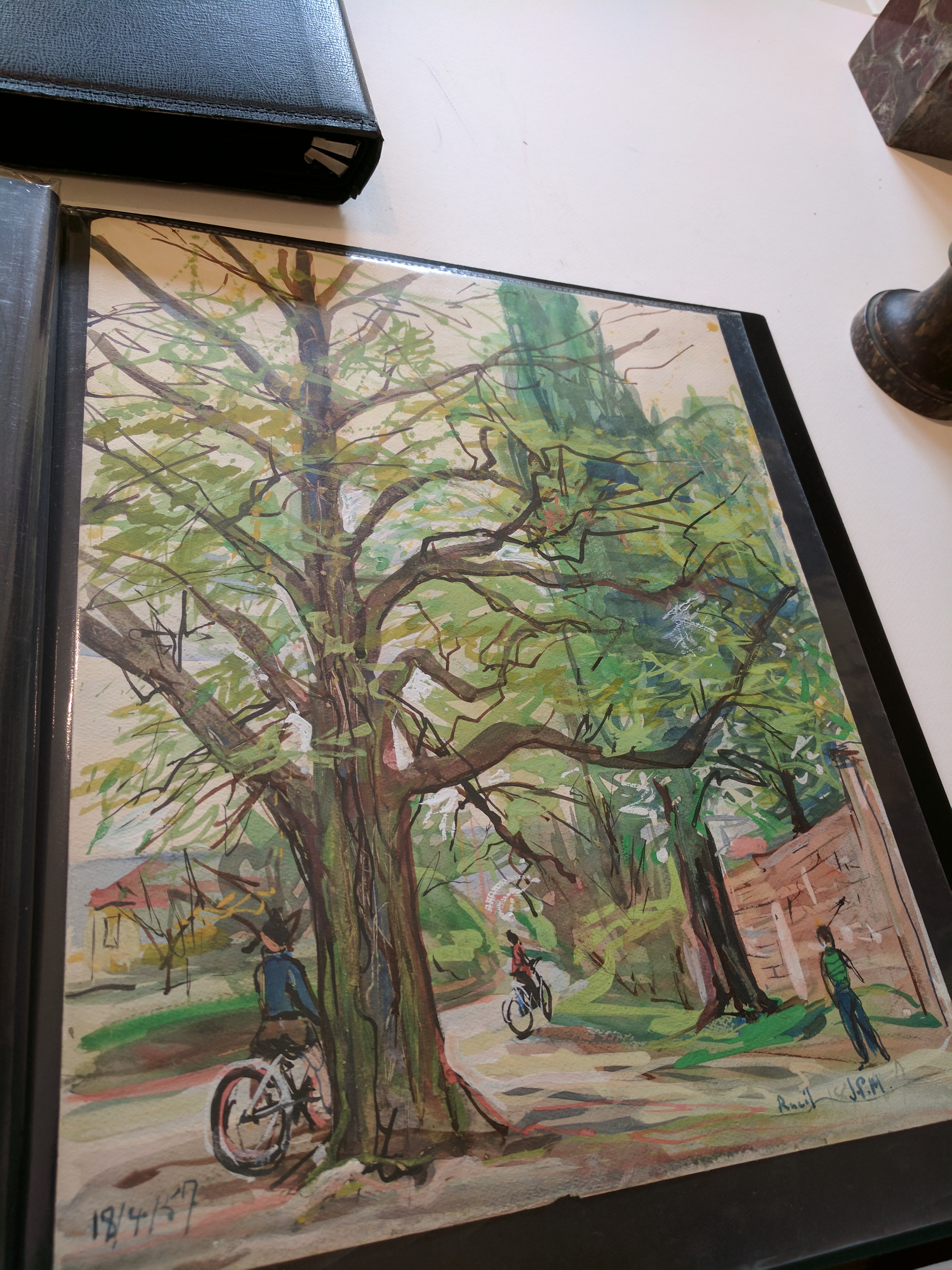
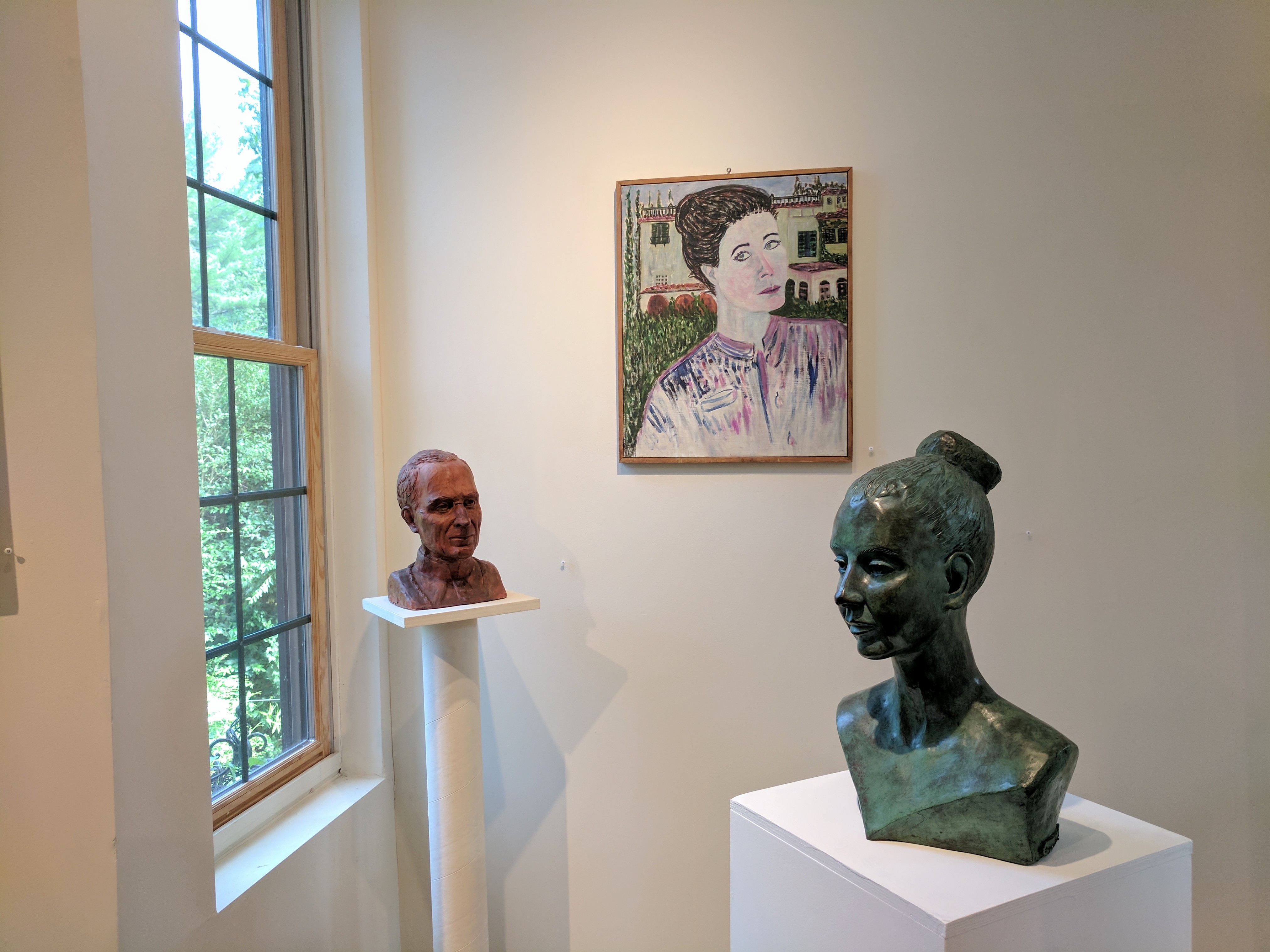
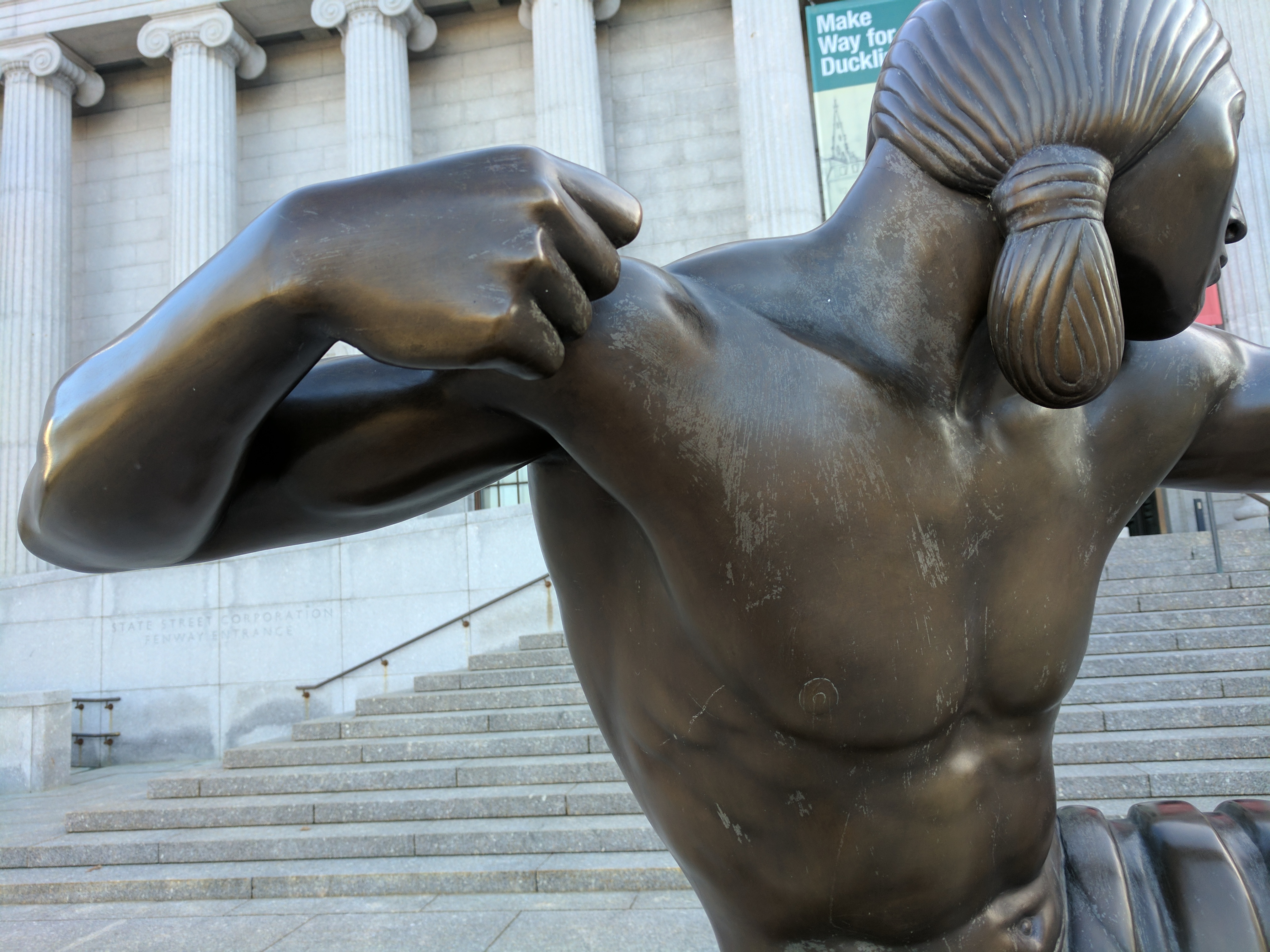


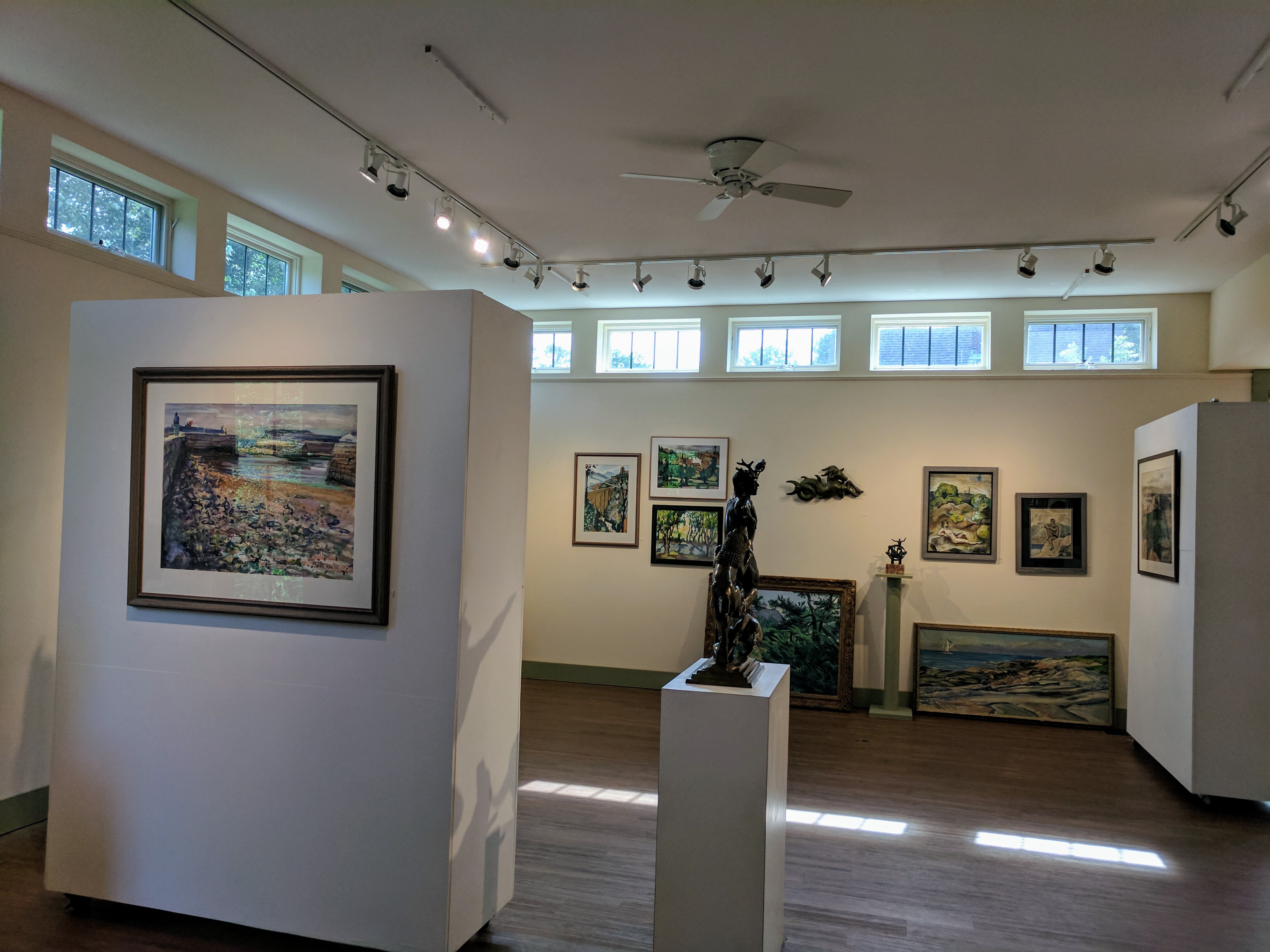

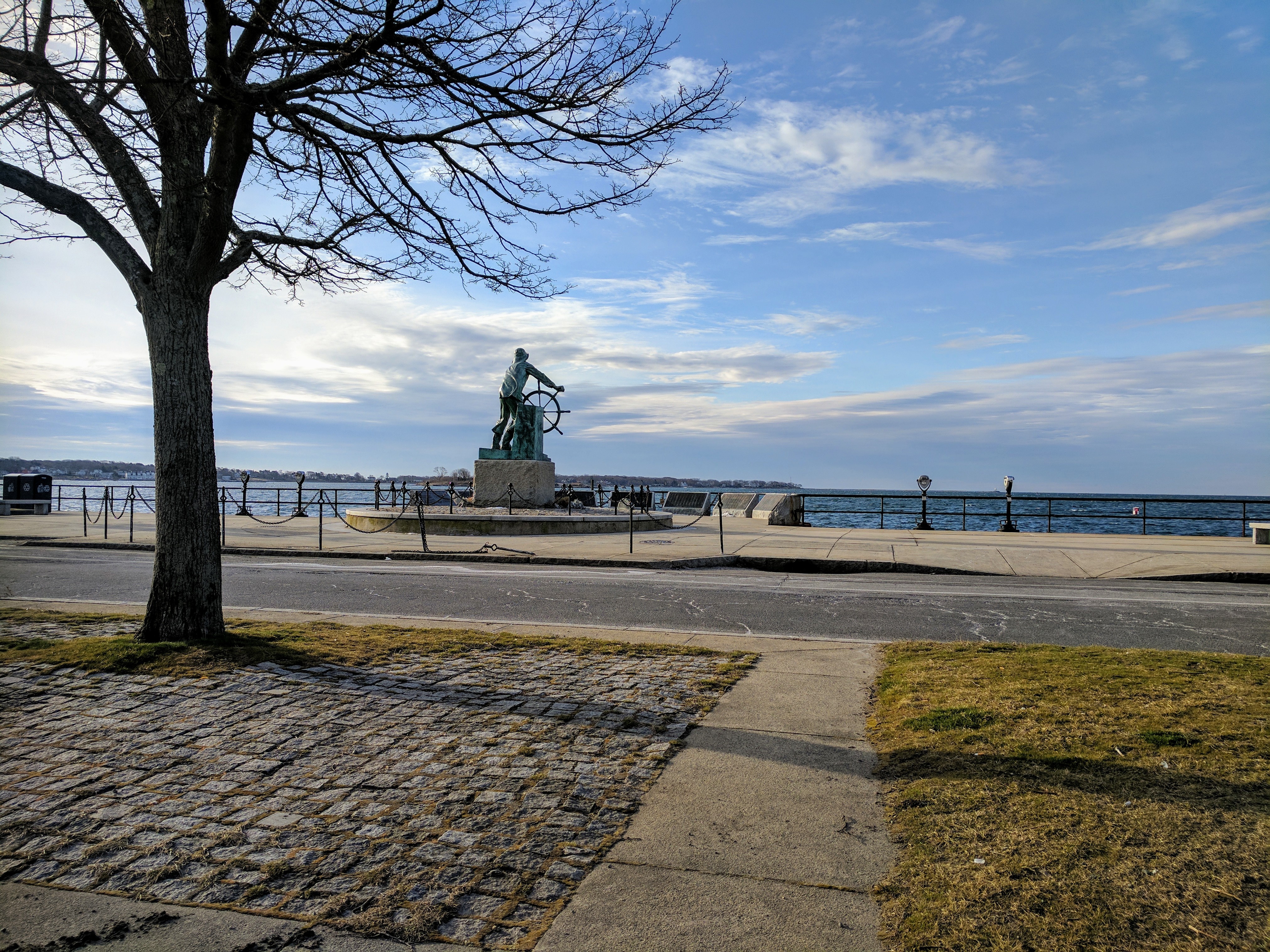

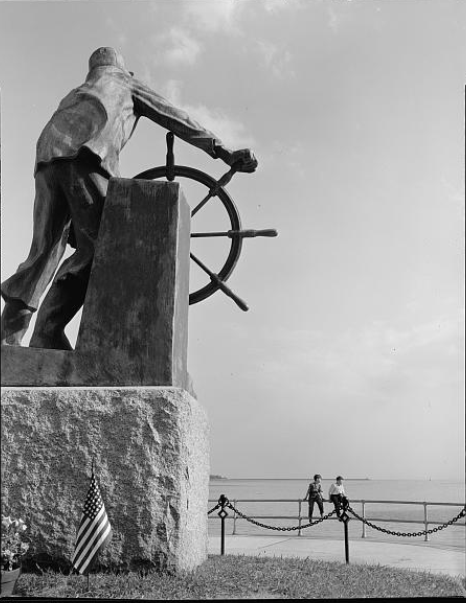


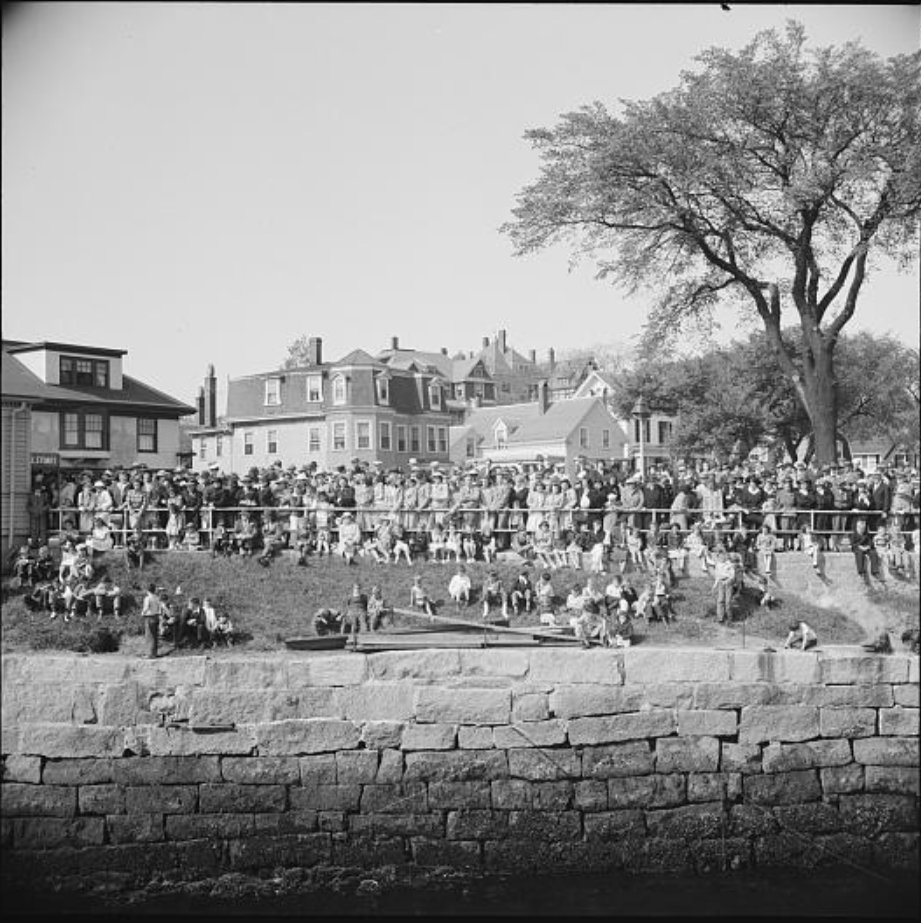

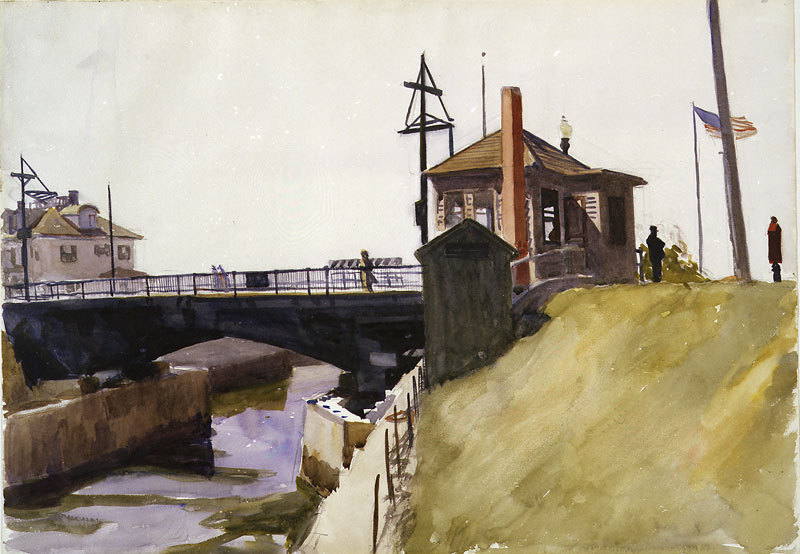









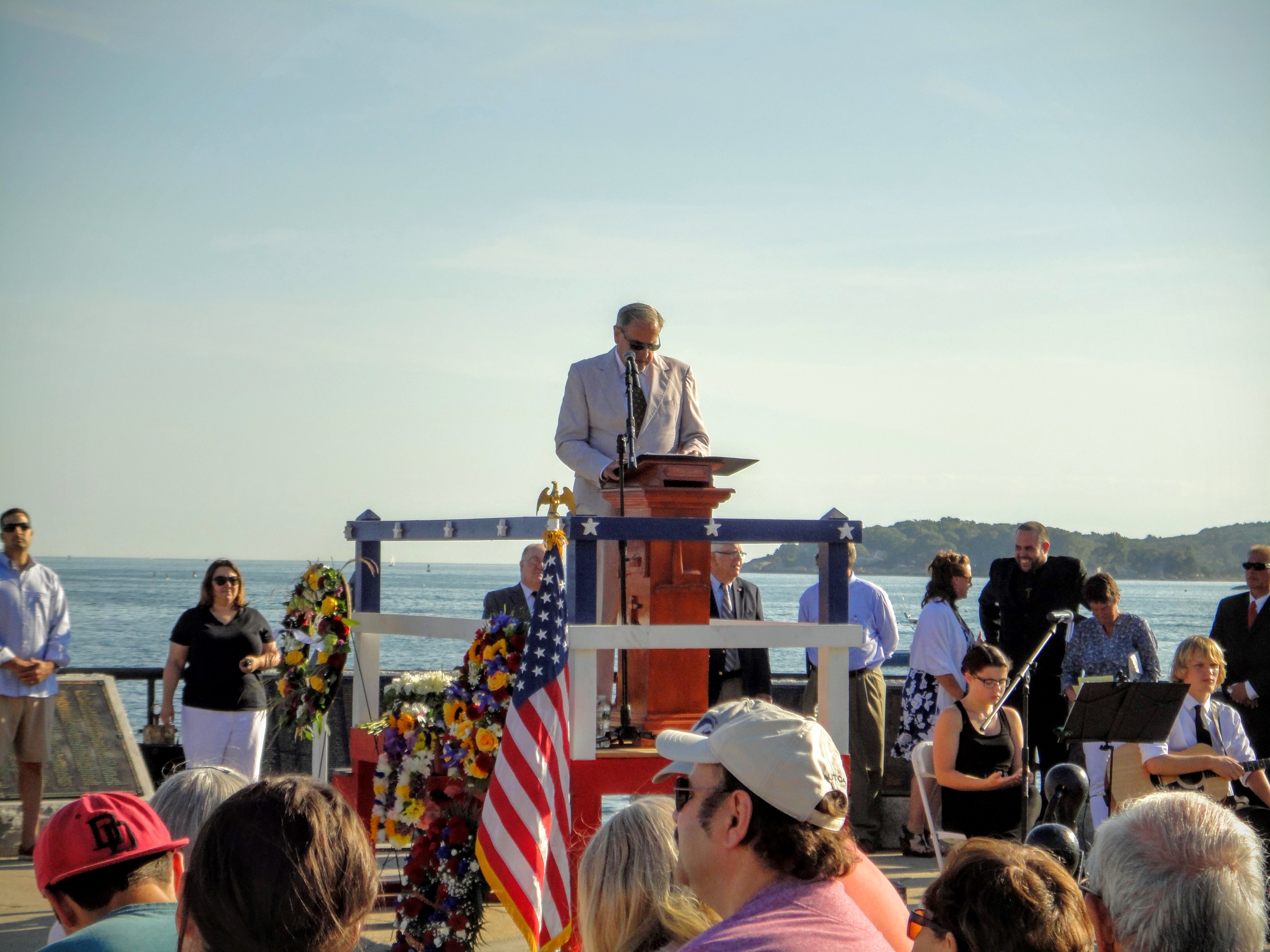
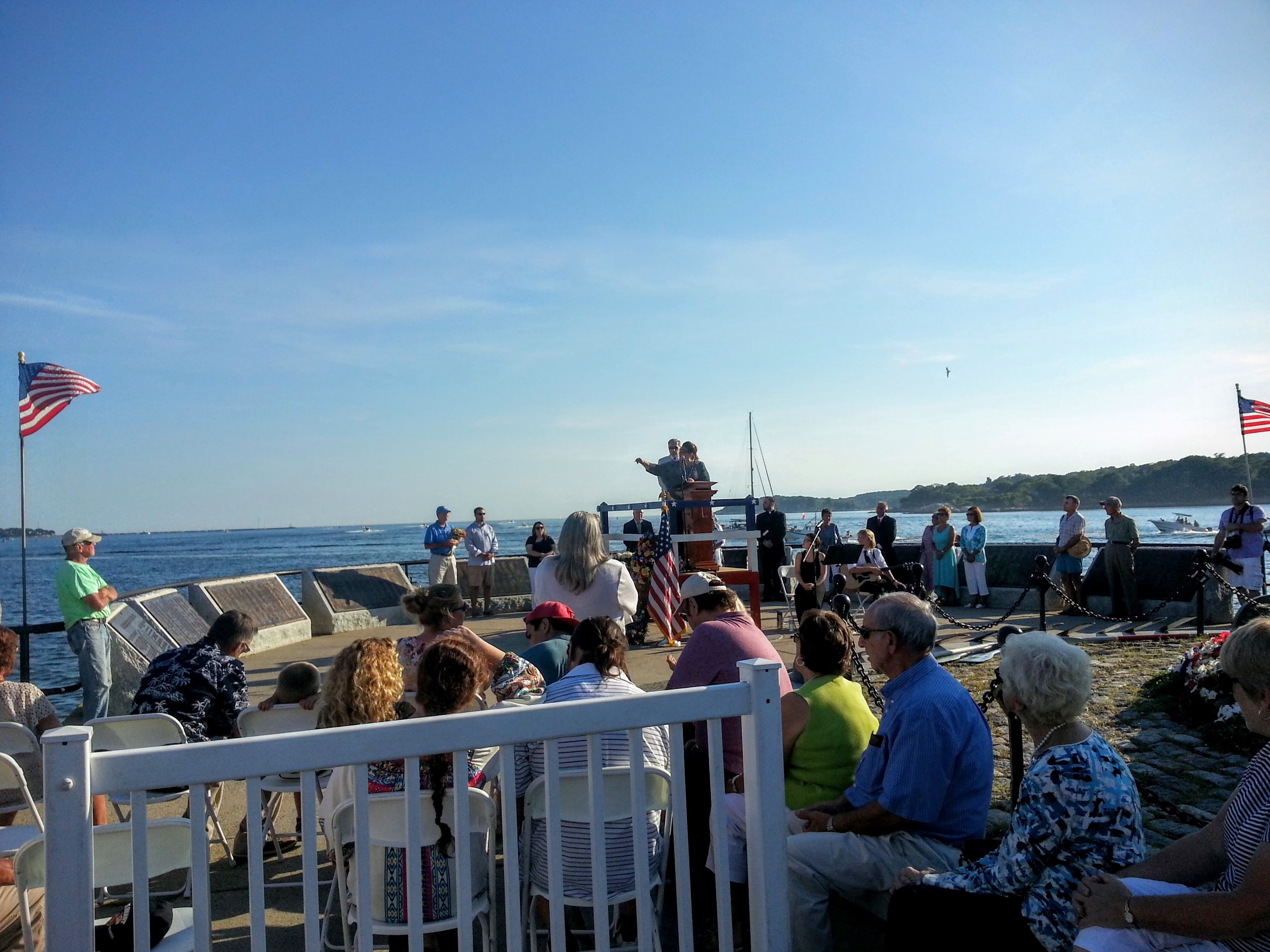 Mayor Romeo-Theken sweeping gesture to the Fort, a heartfelt and knowing welcome
Mayor Romeo-Theken sweeping gesture to the Fort, a heartfelt and knowing welcome